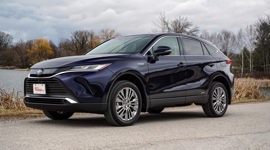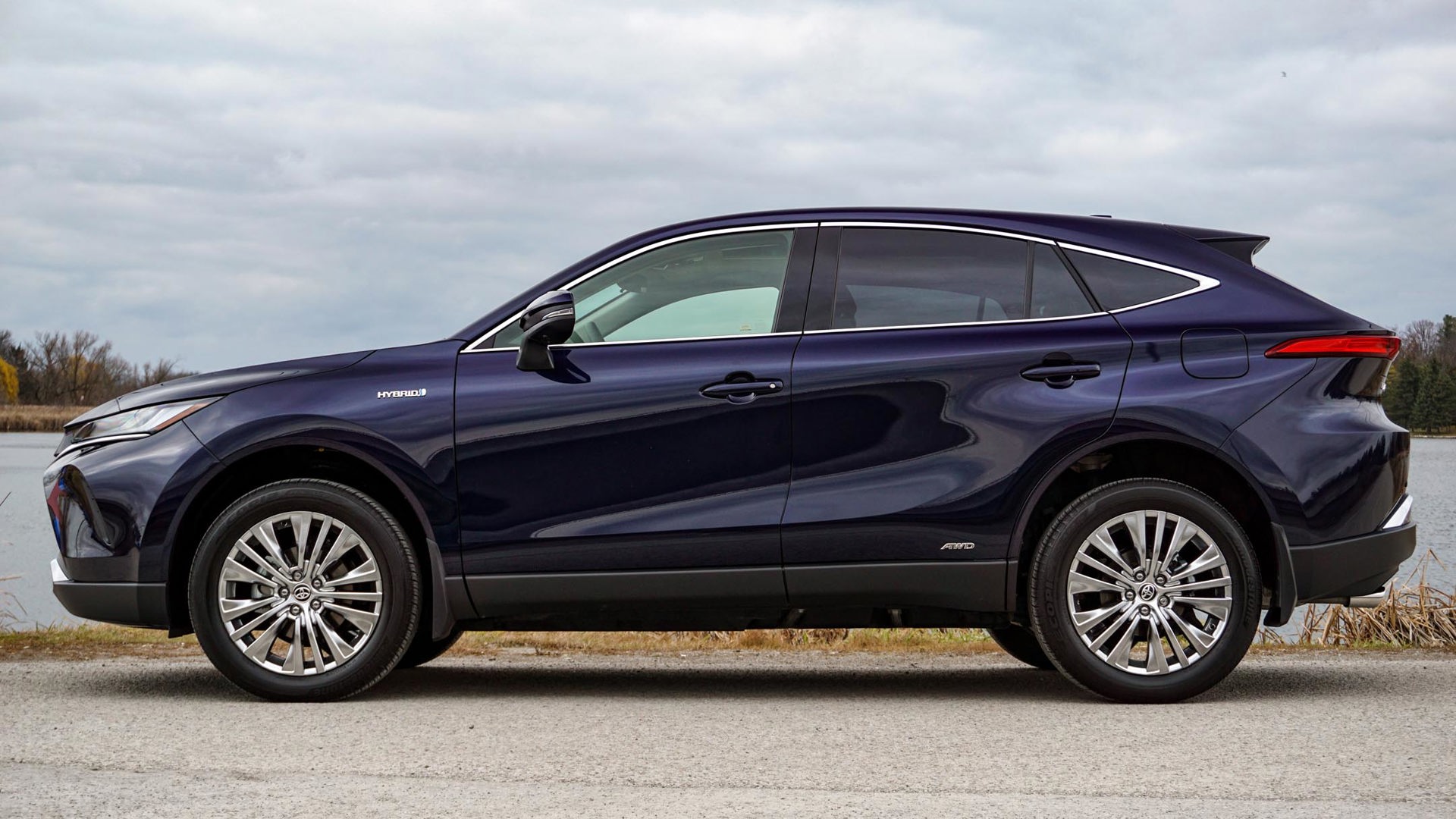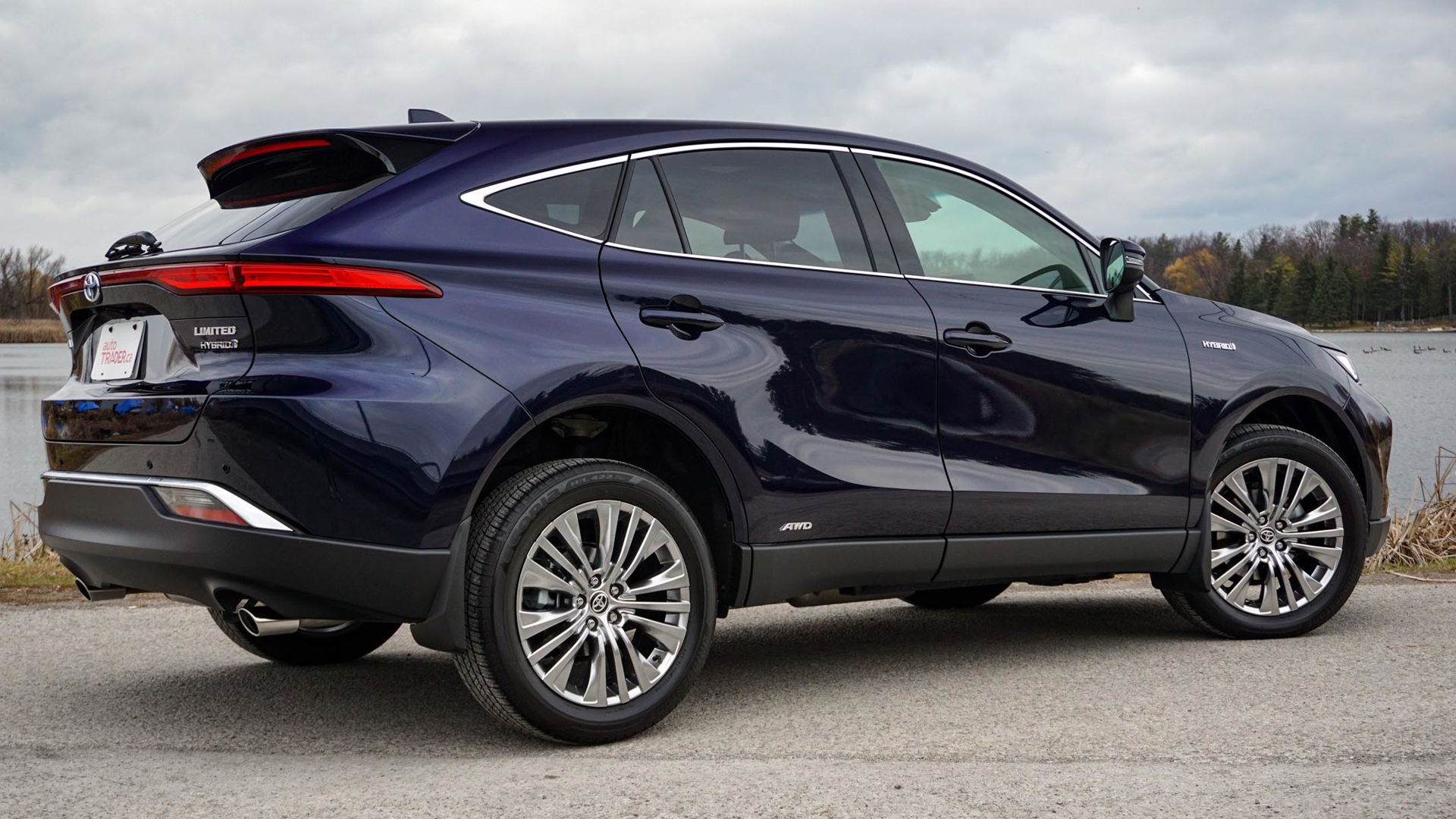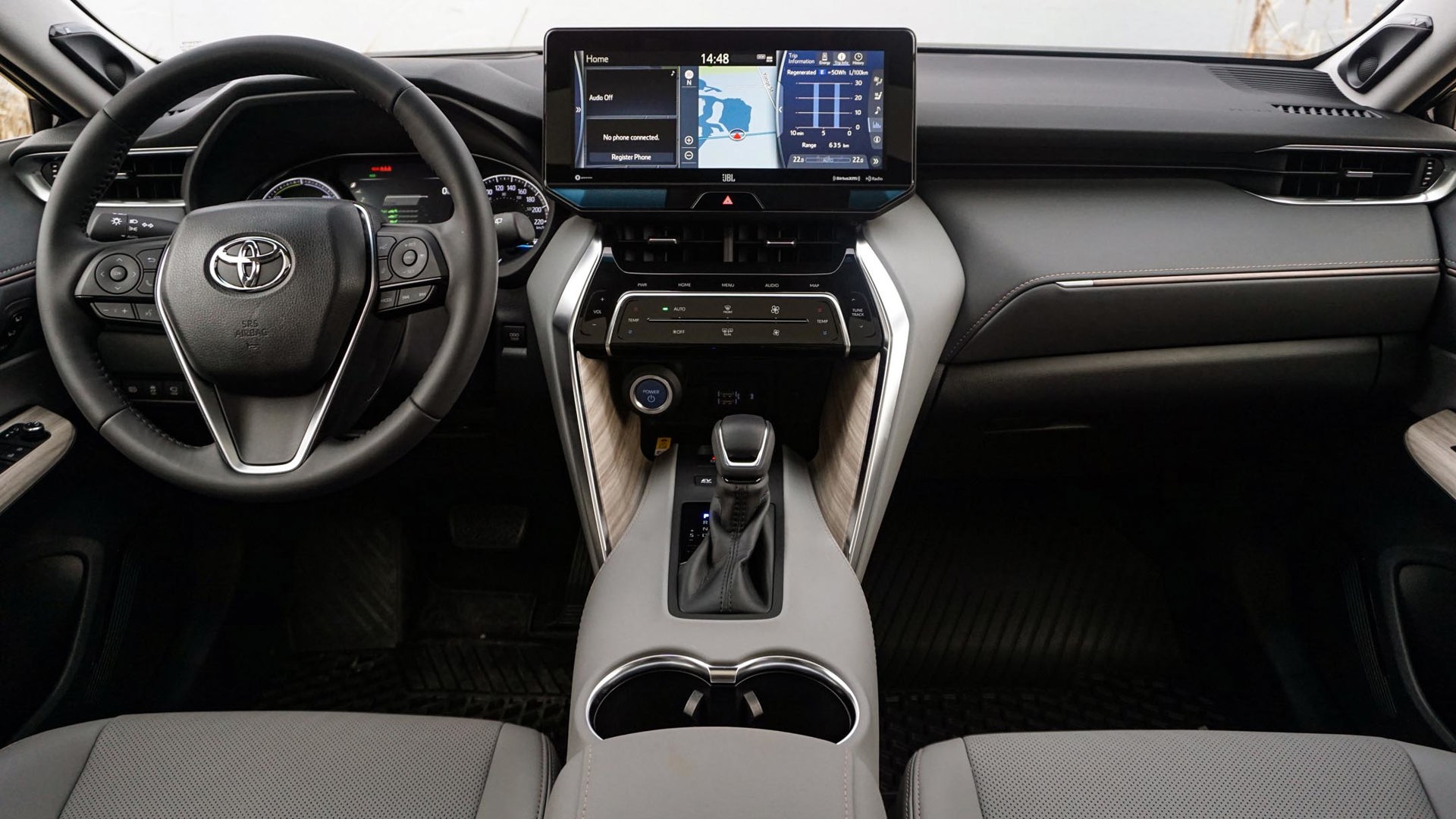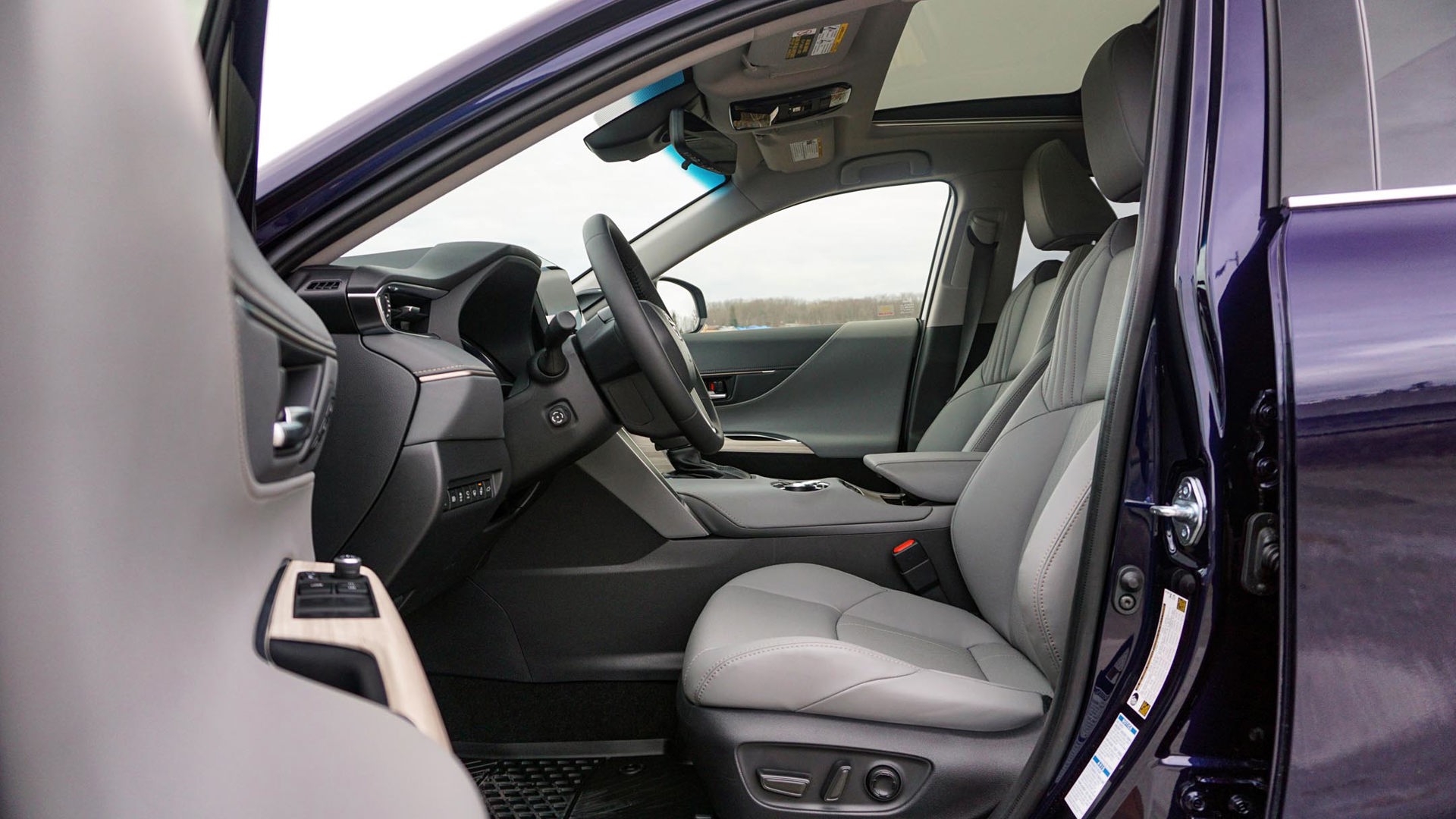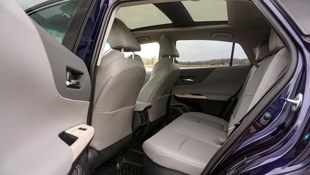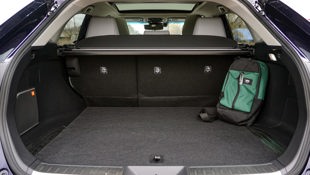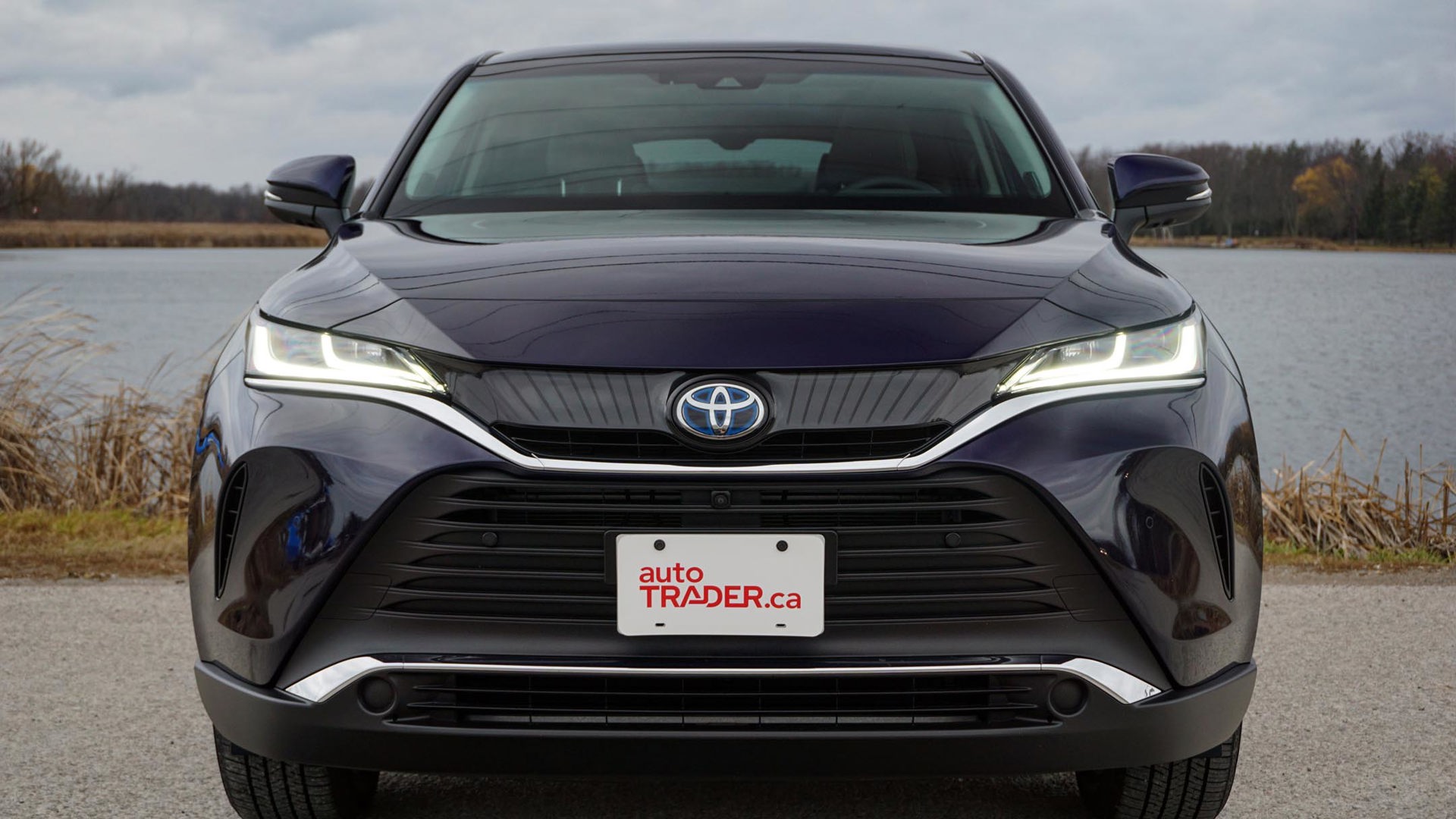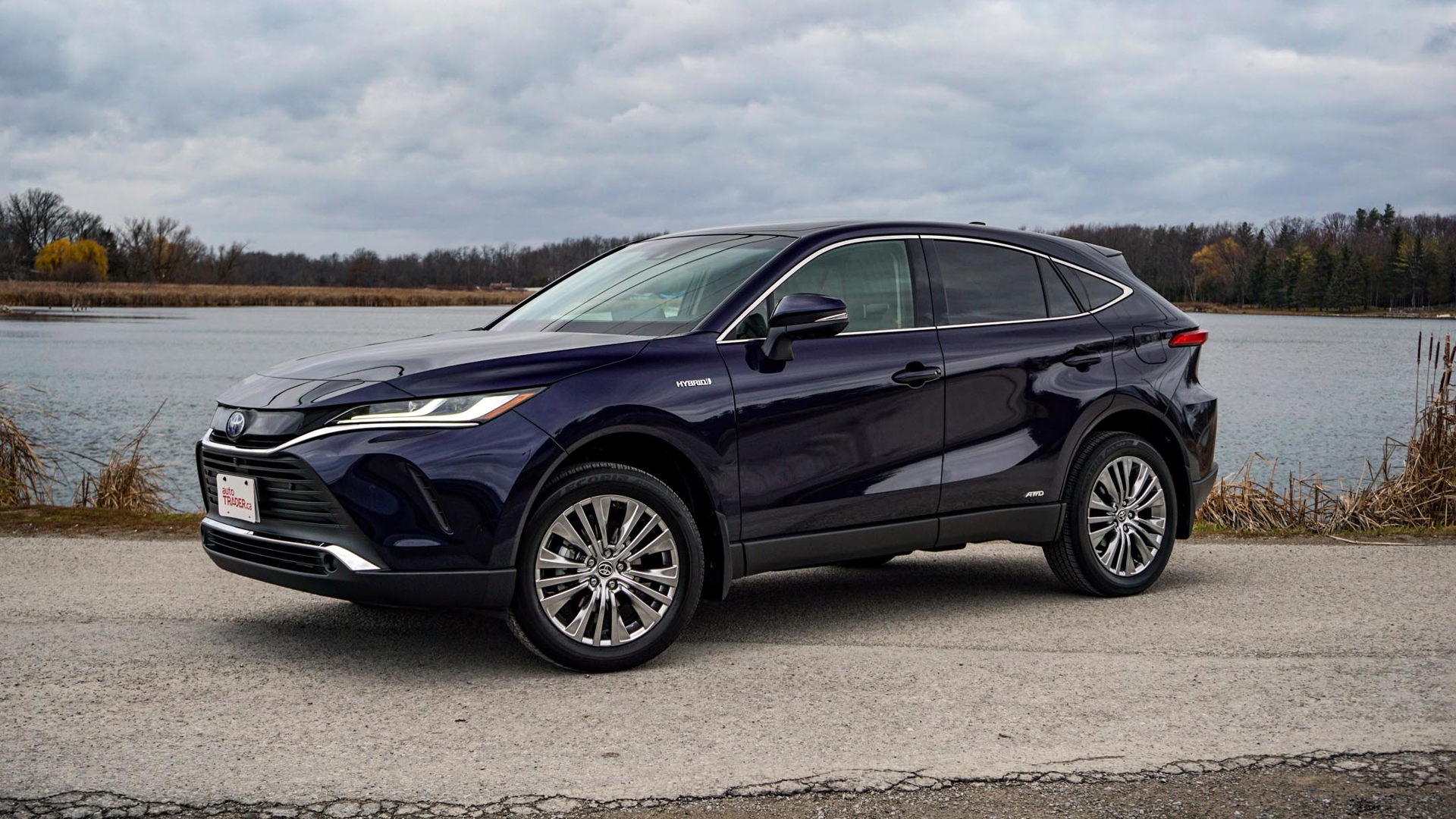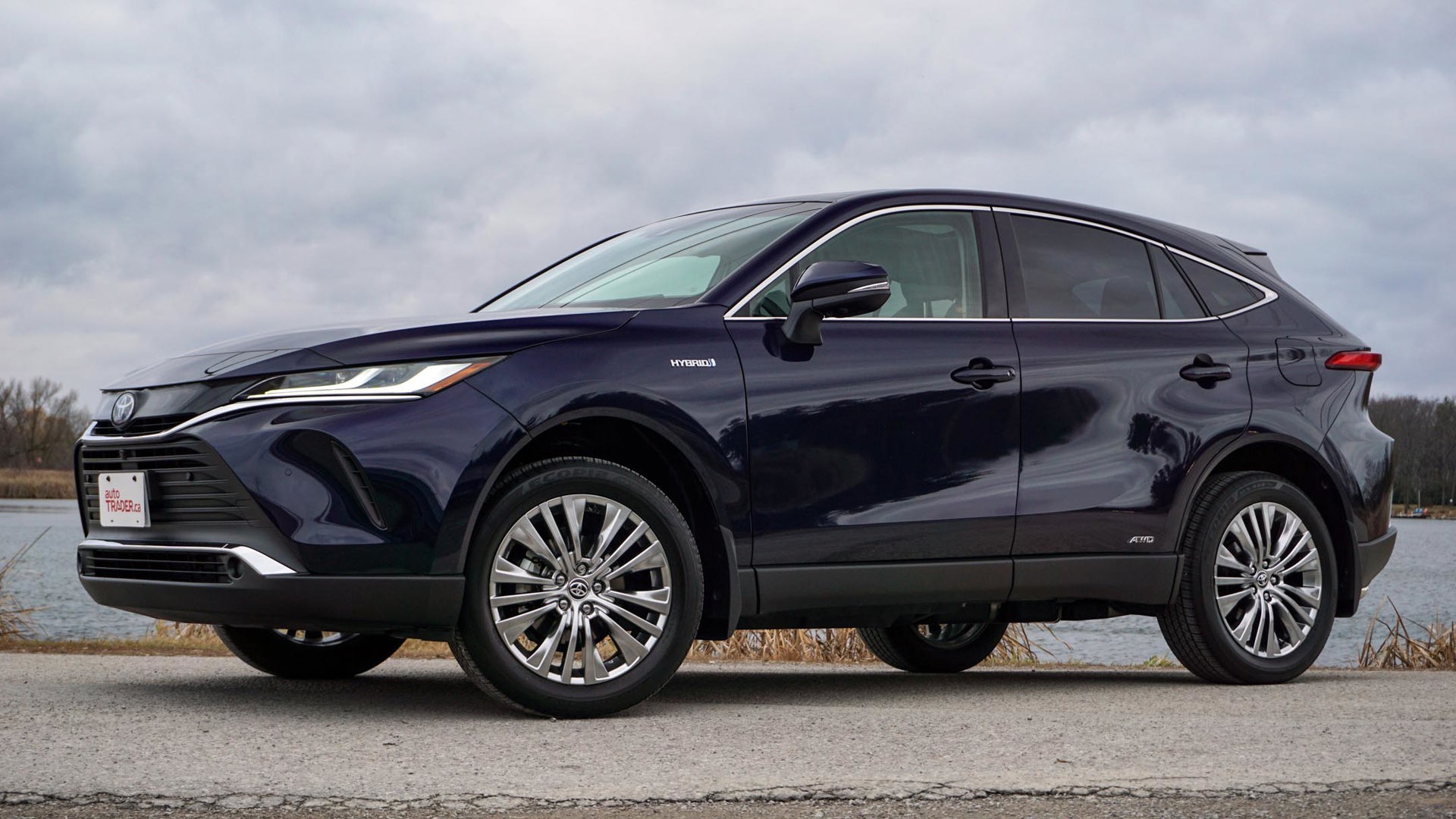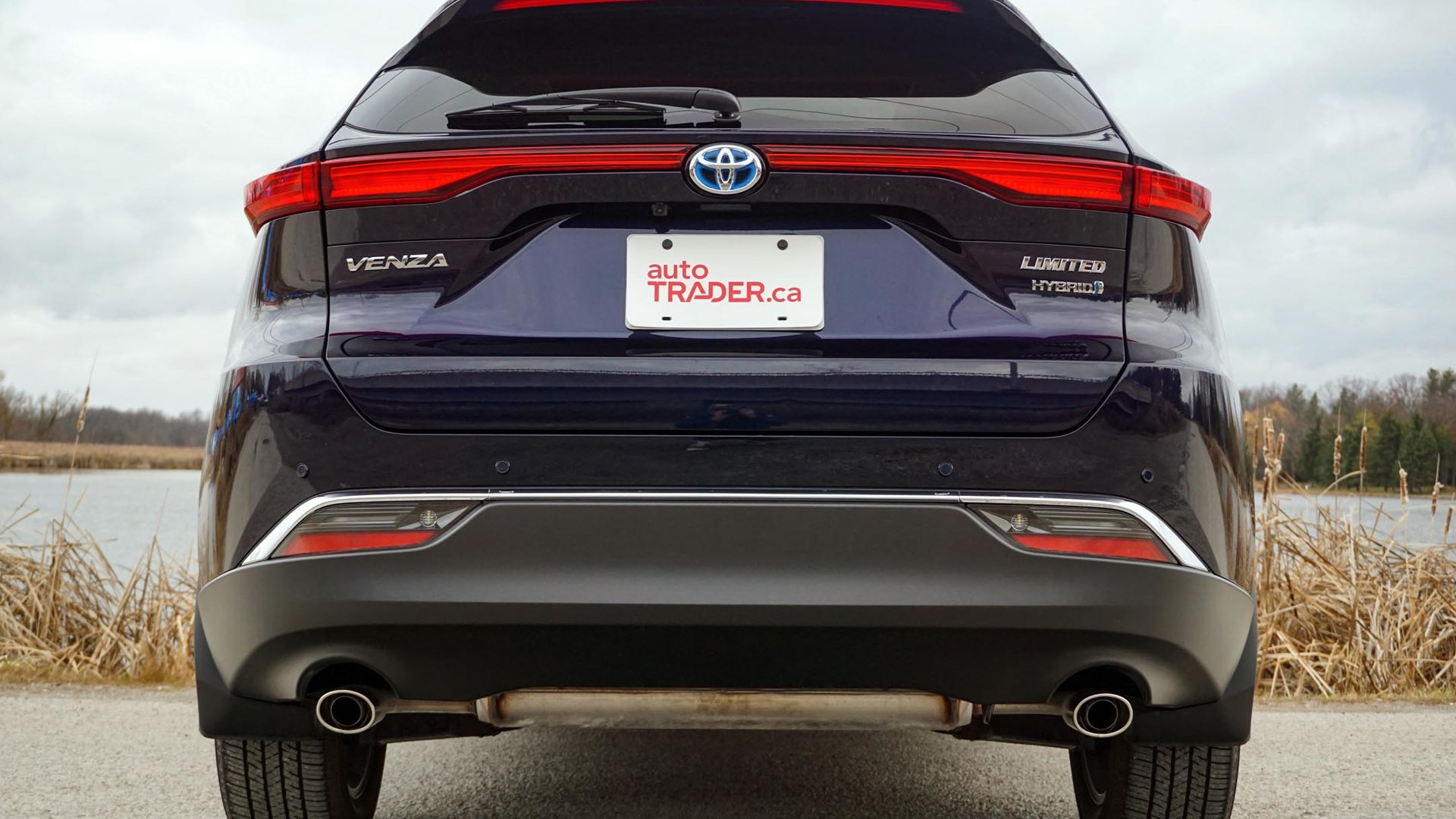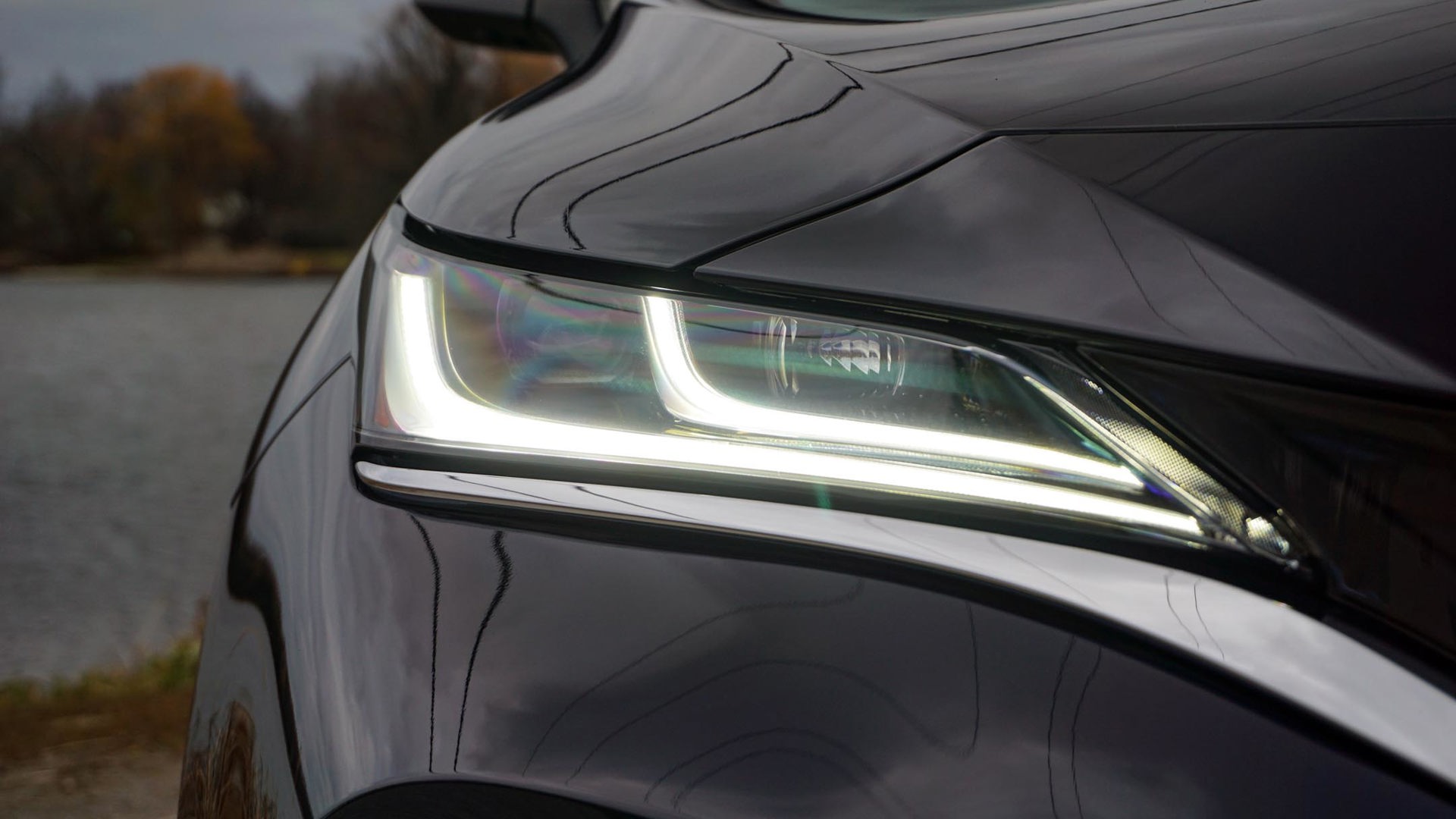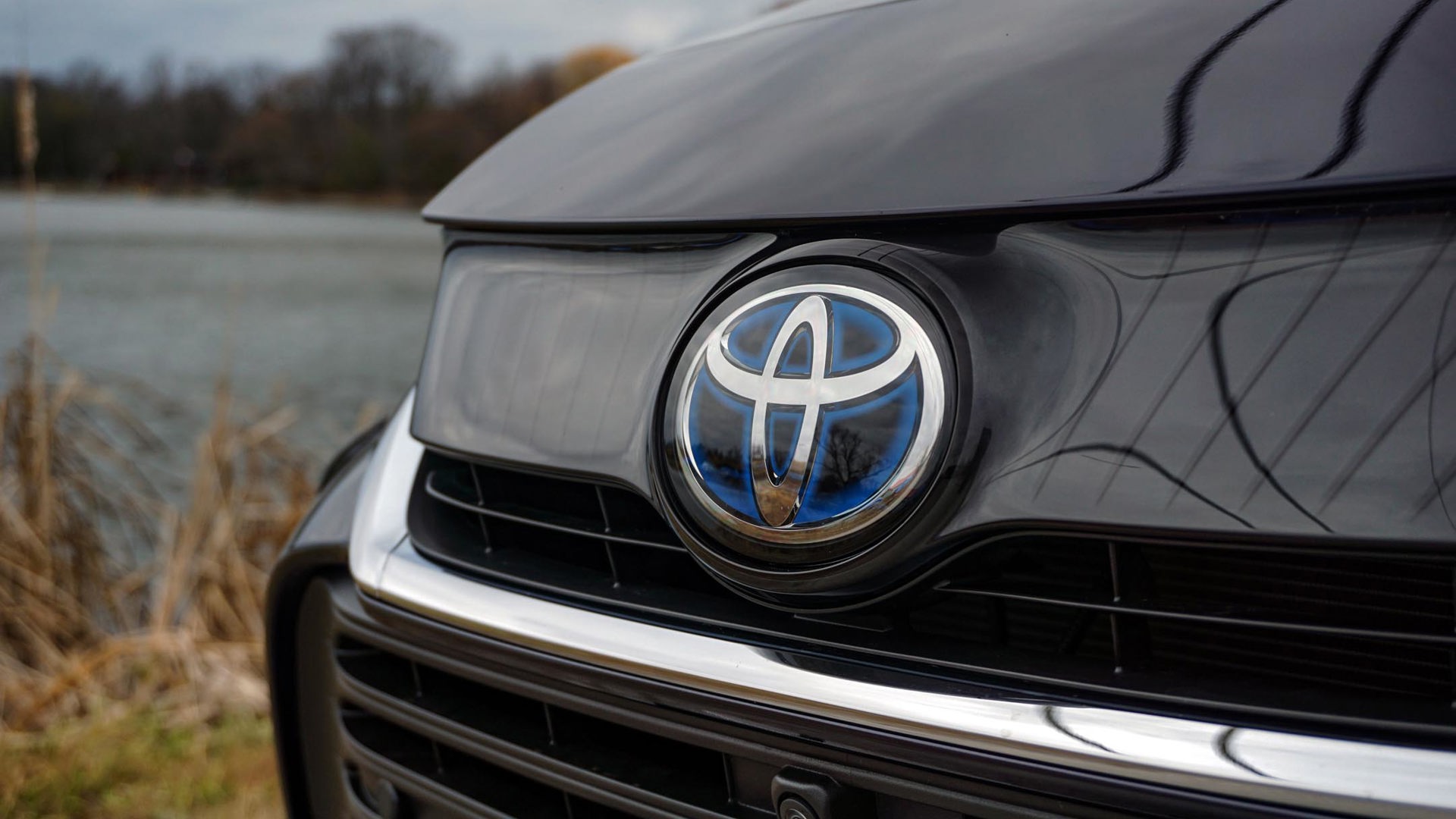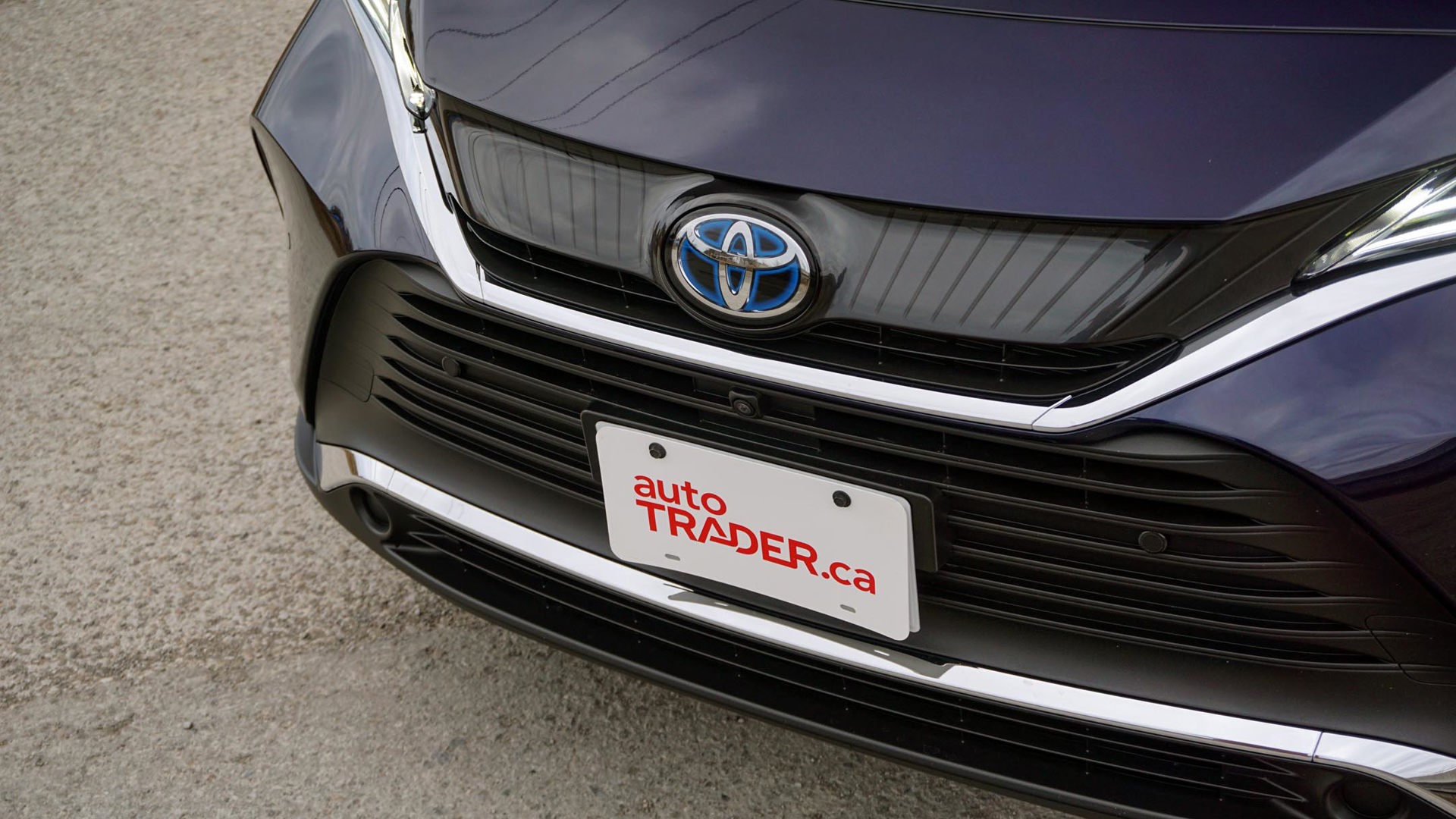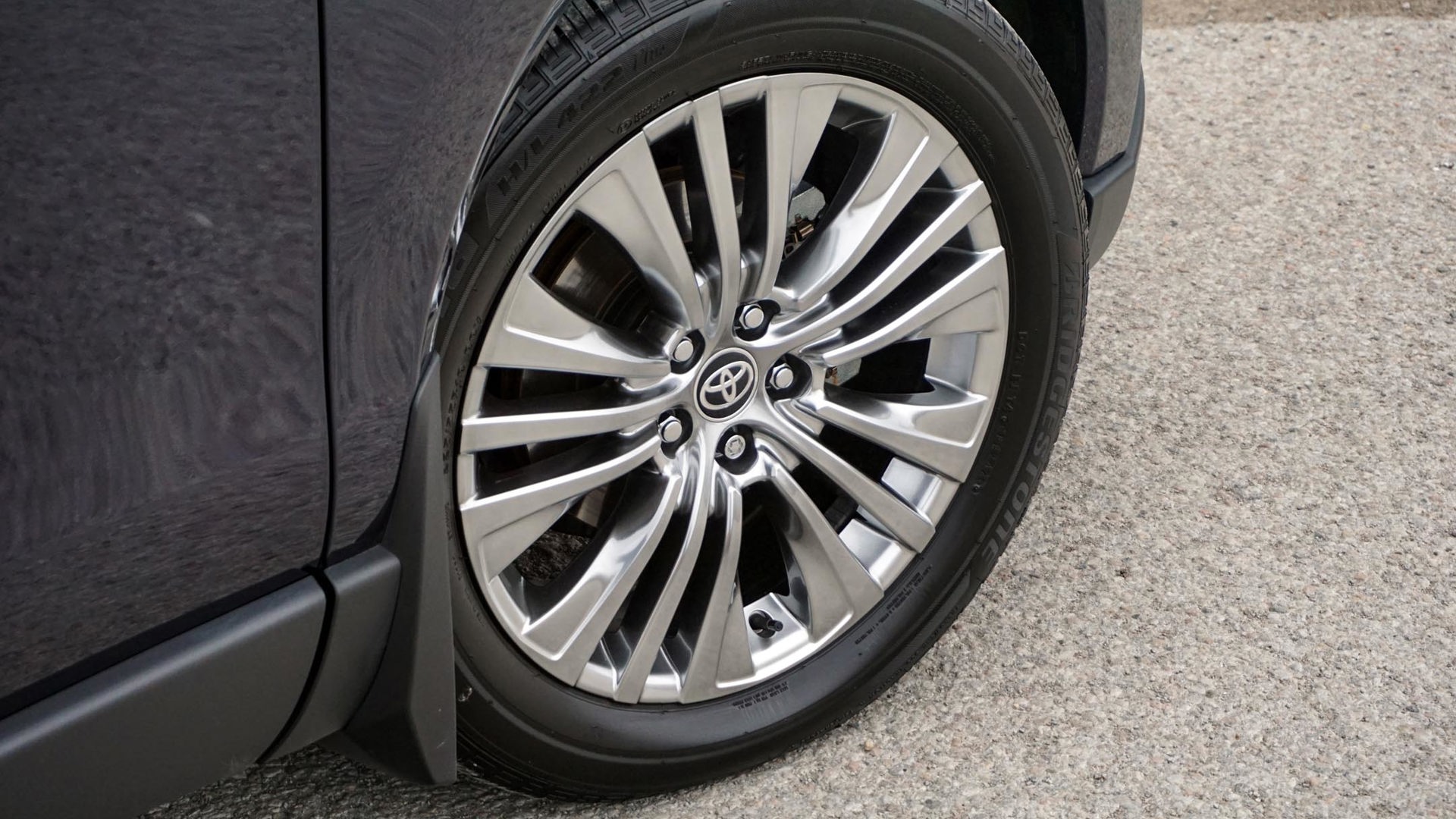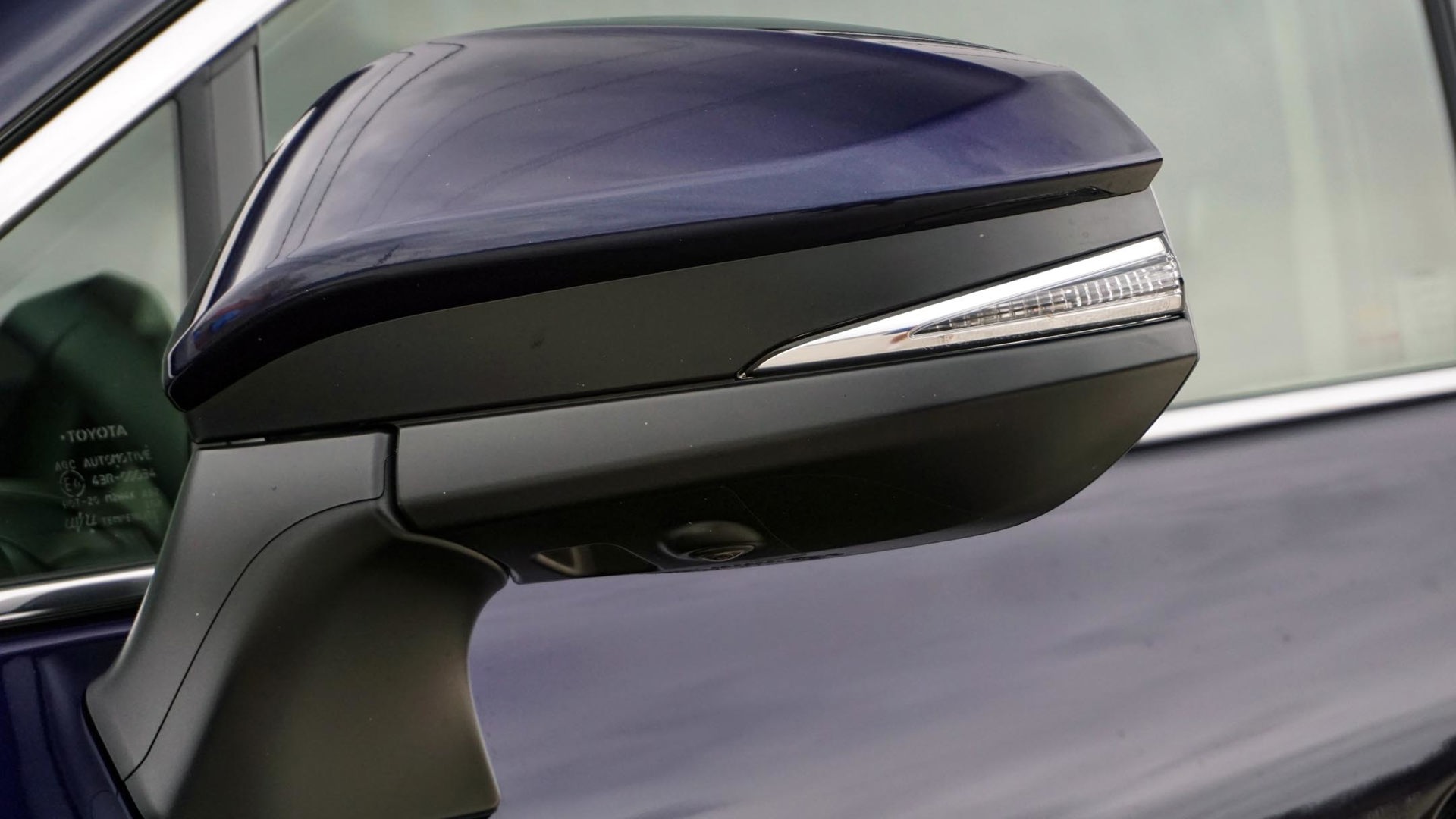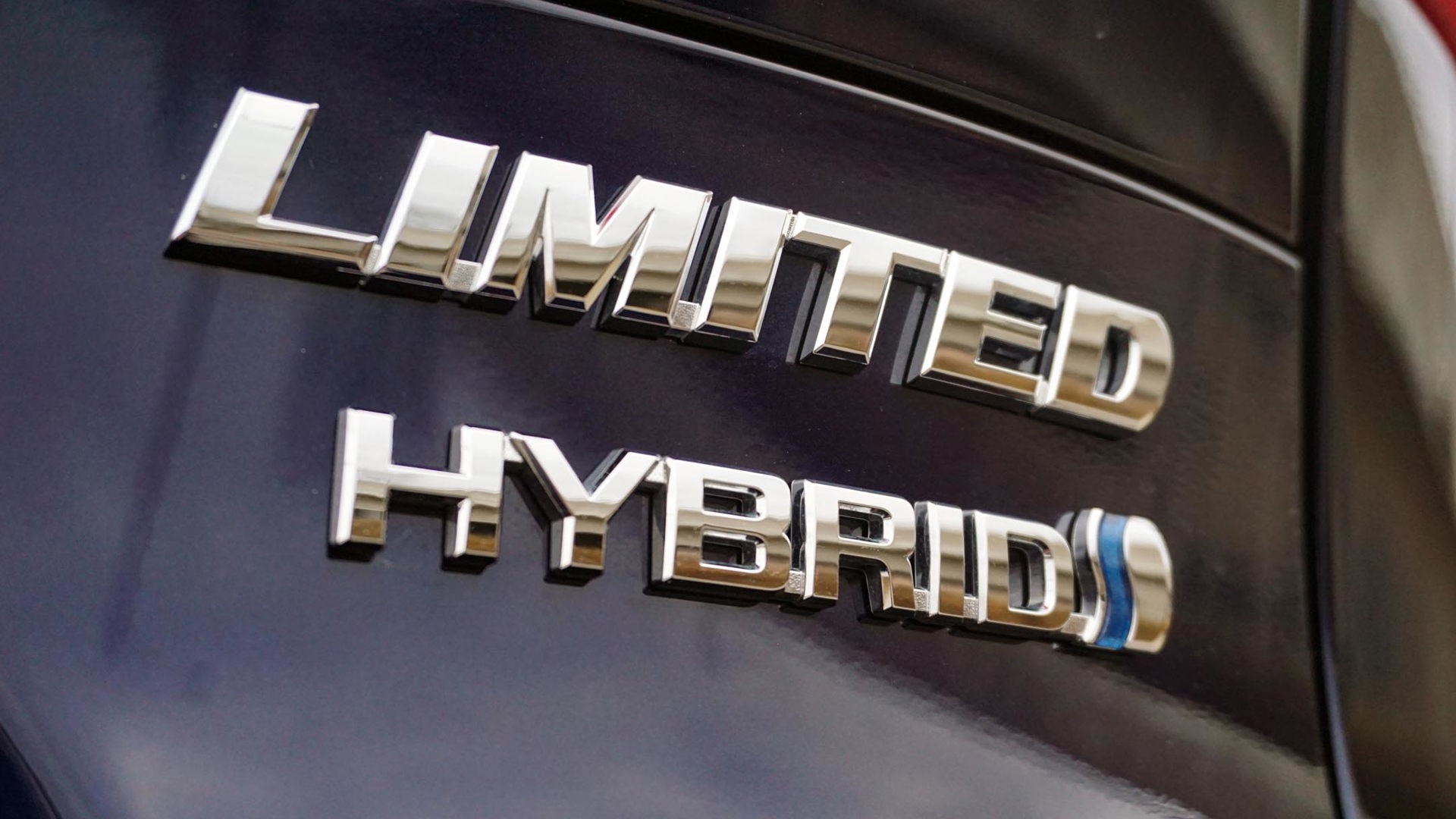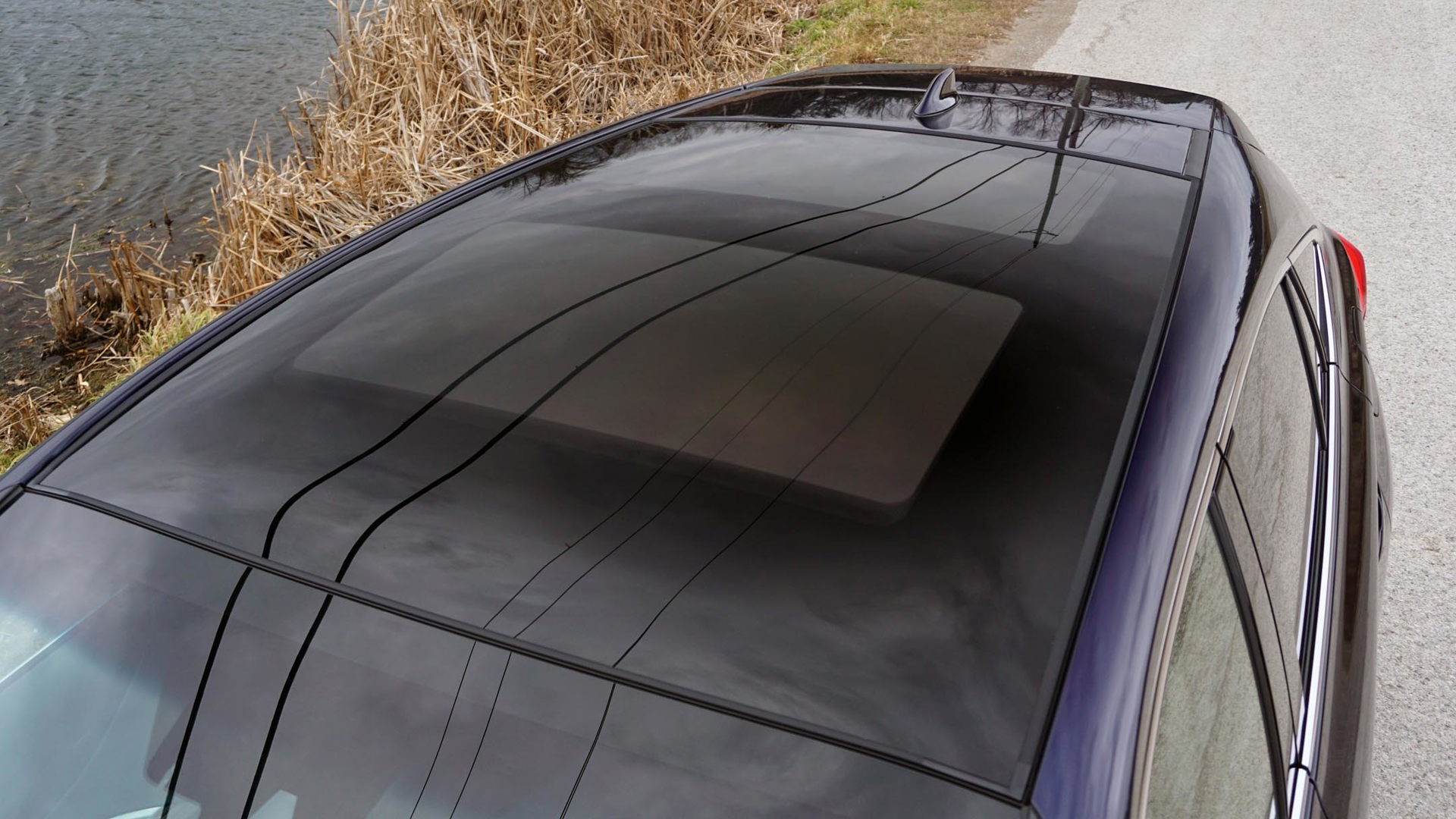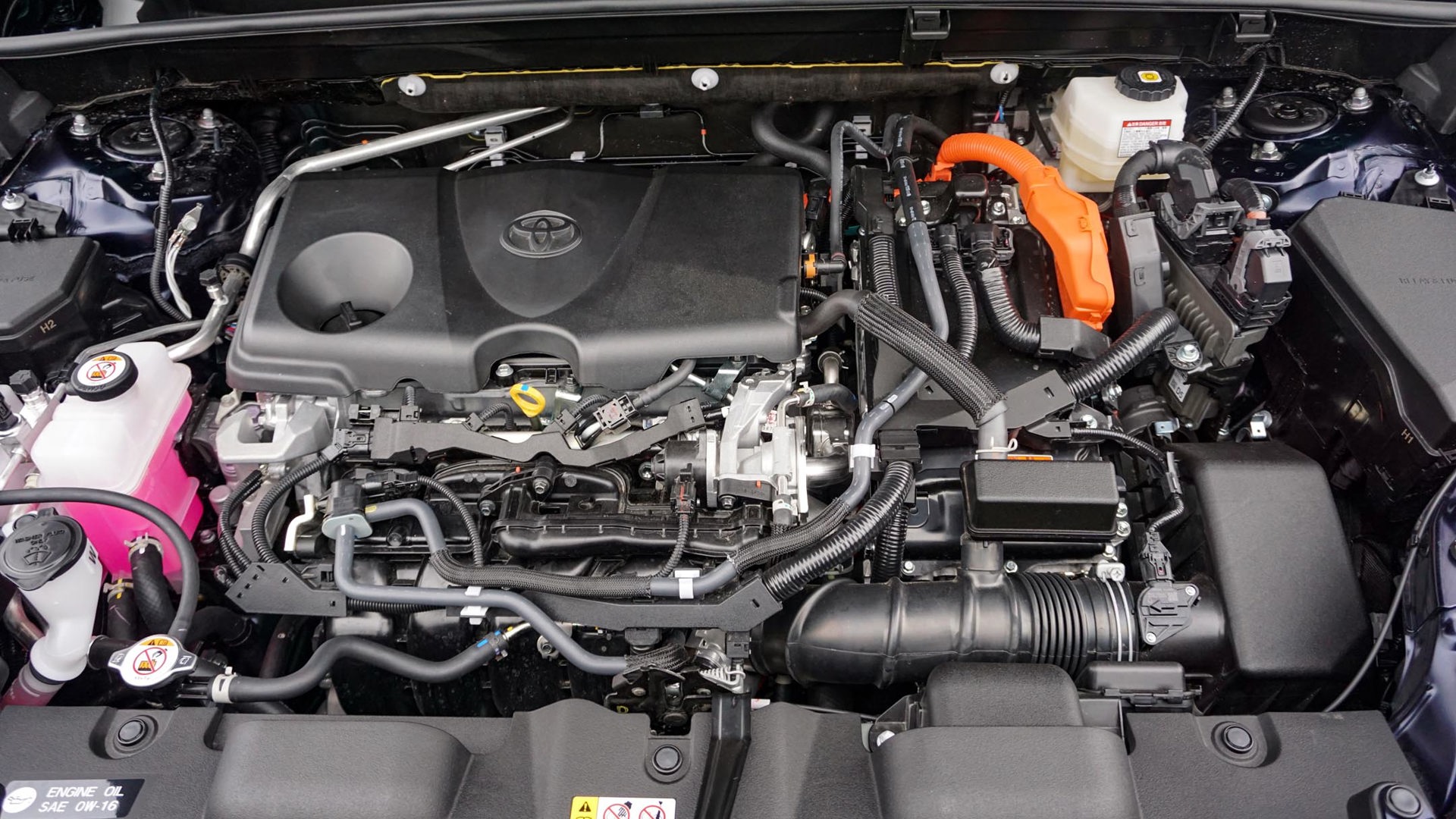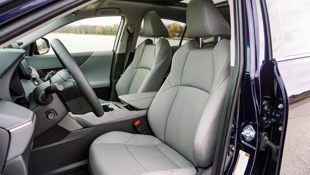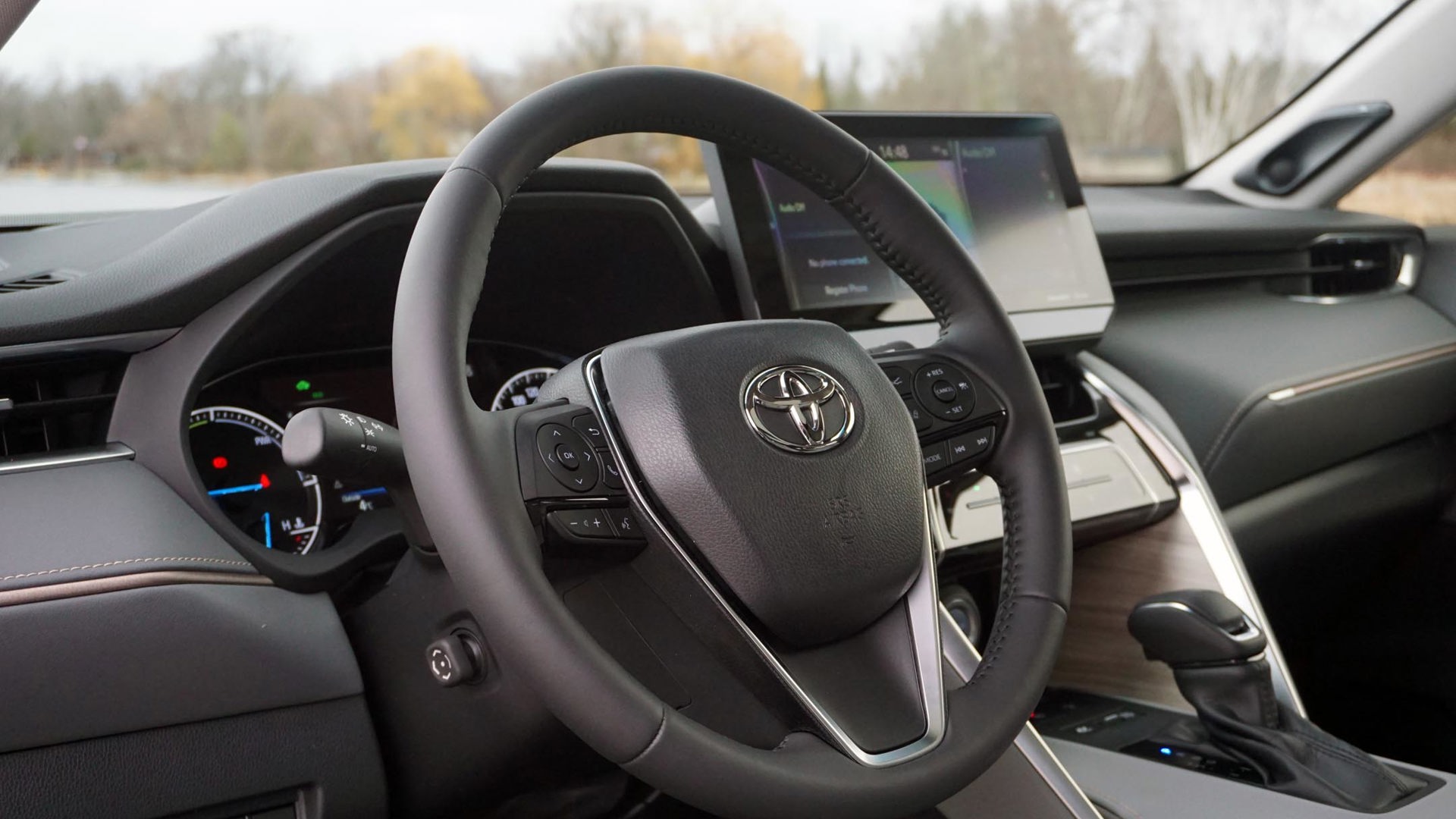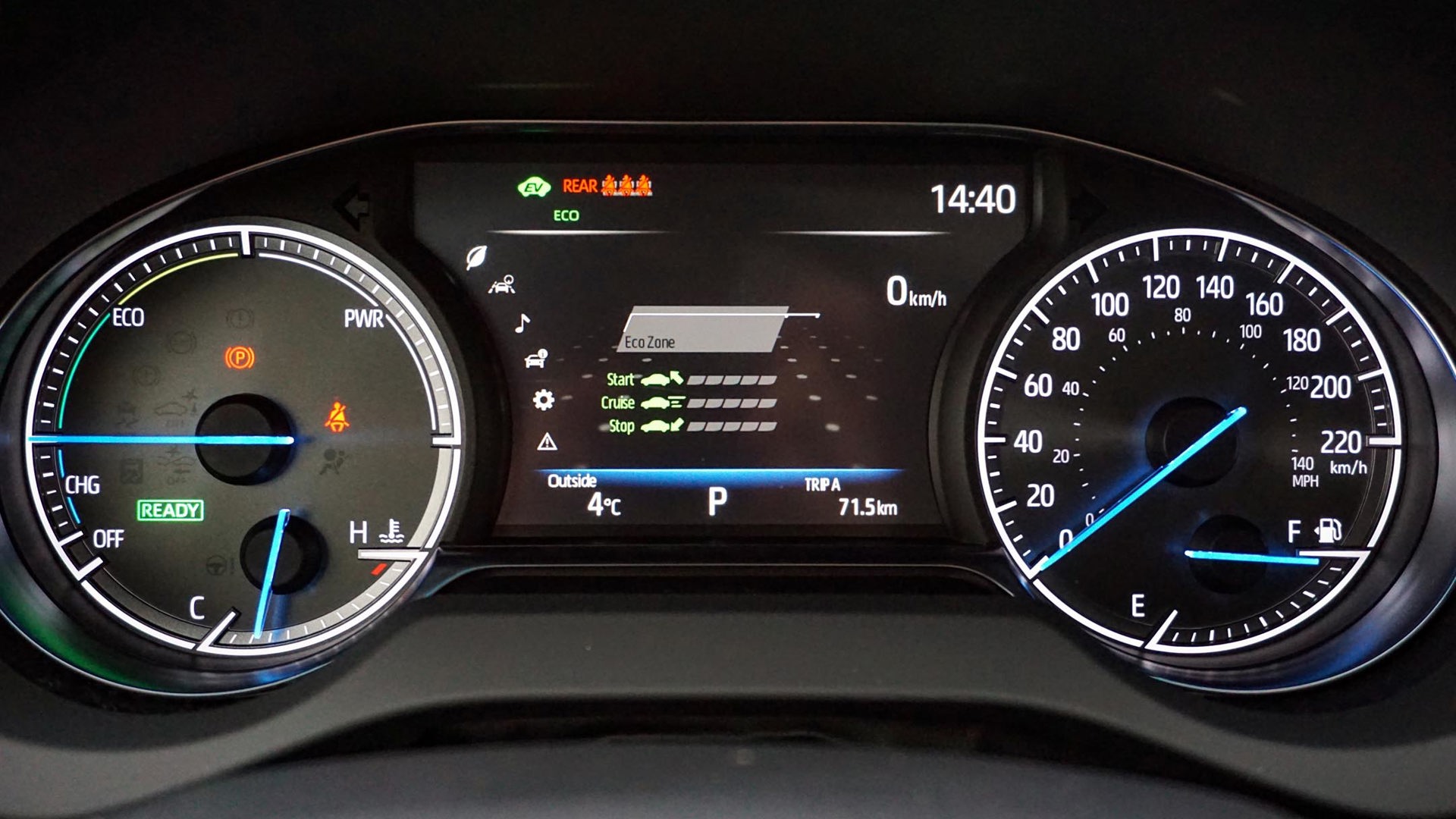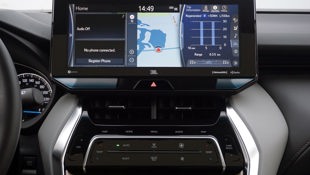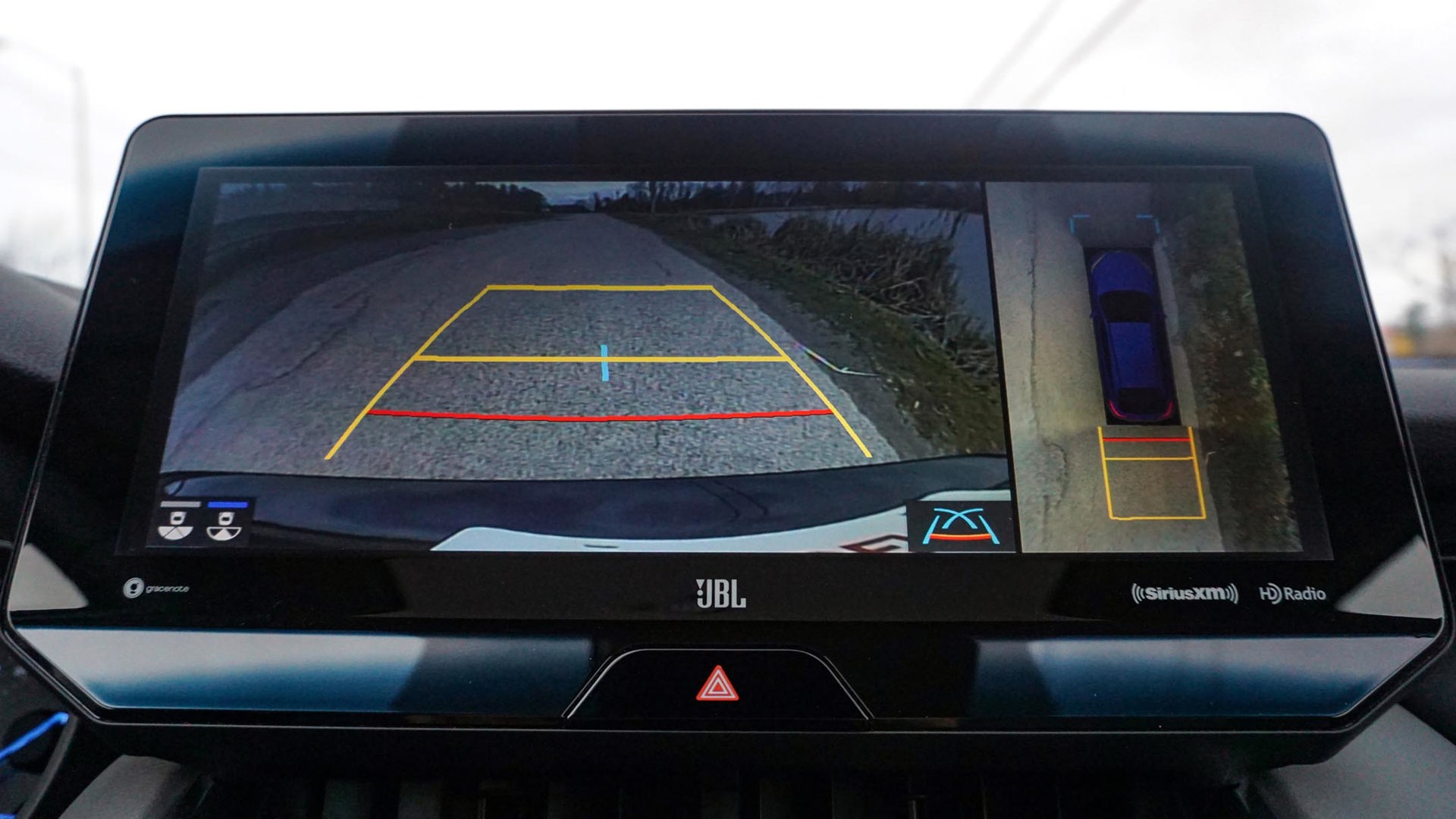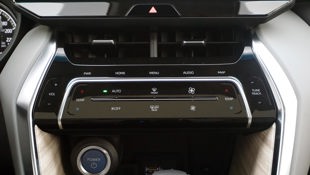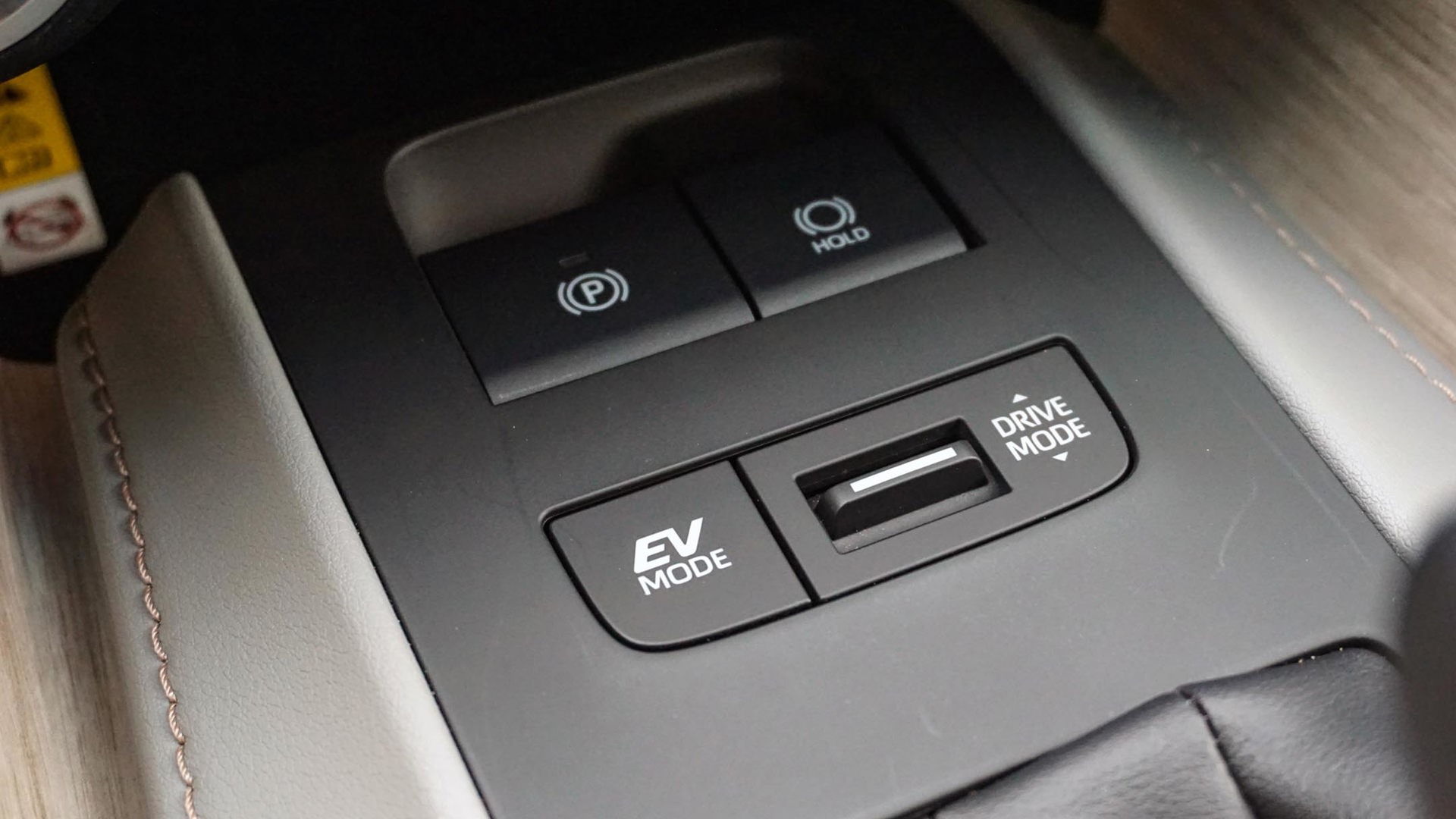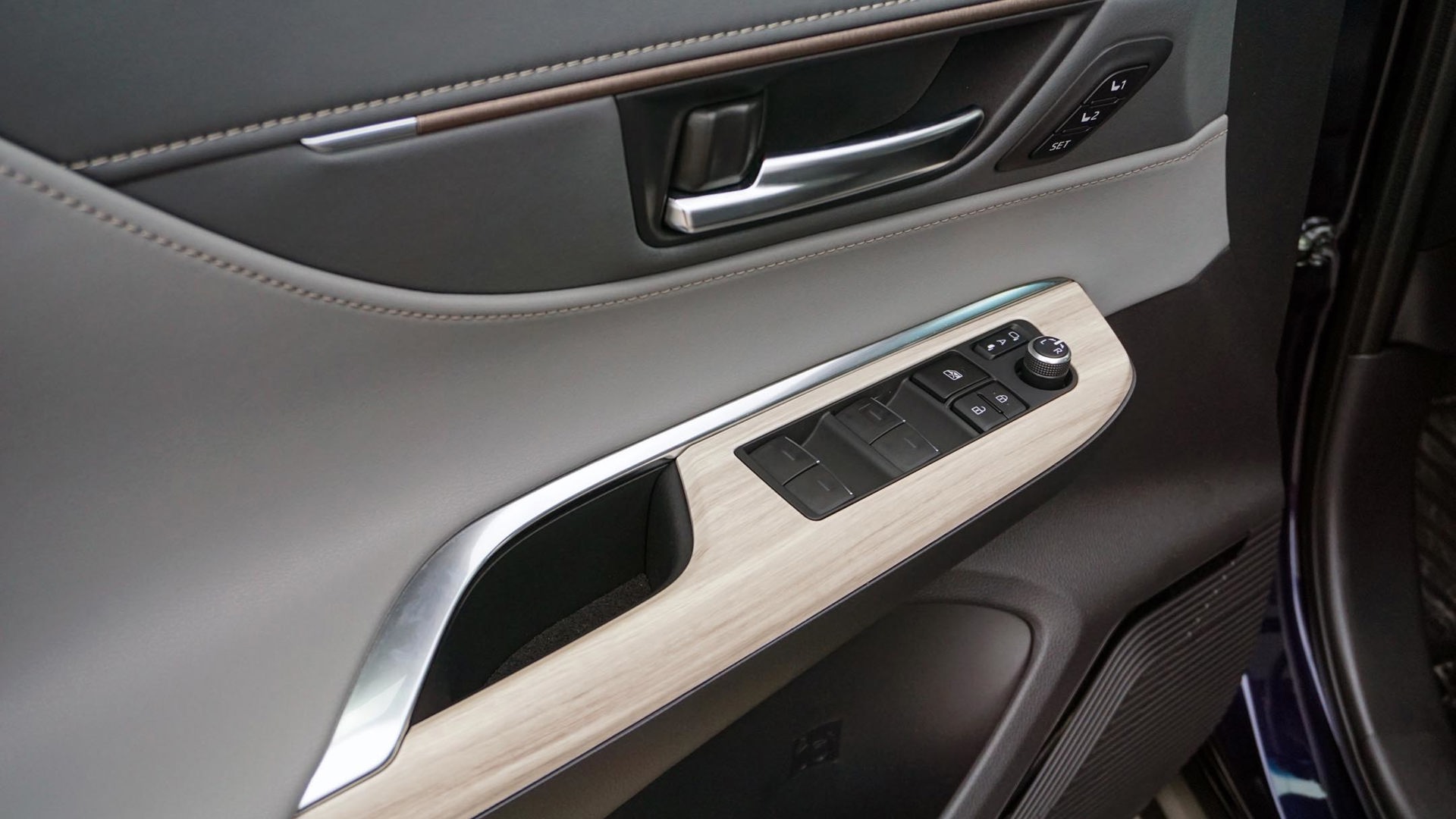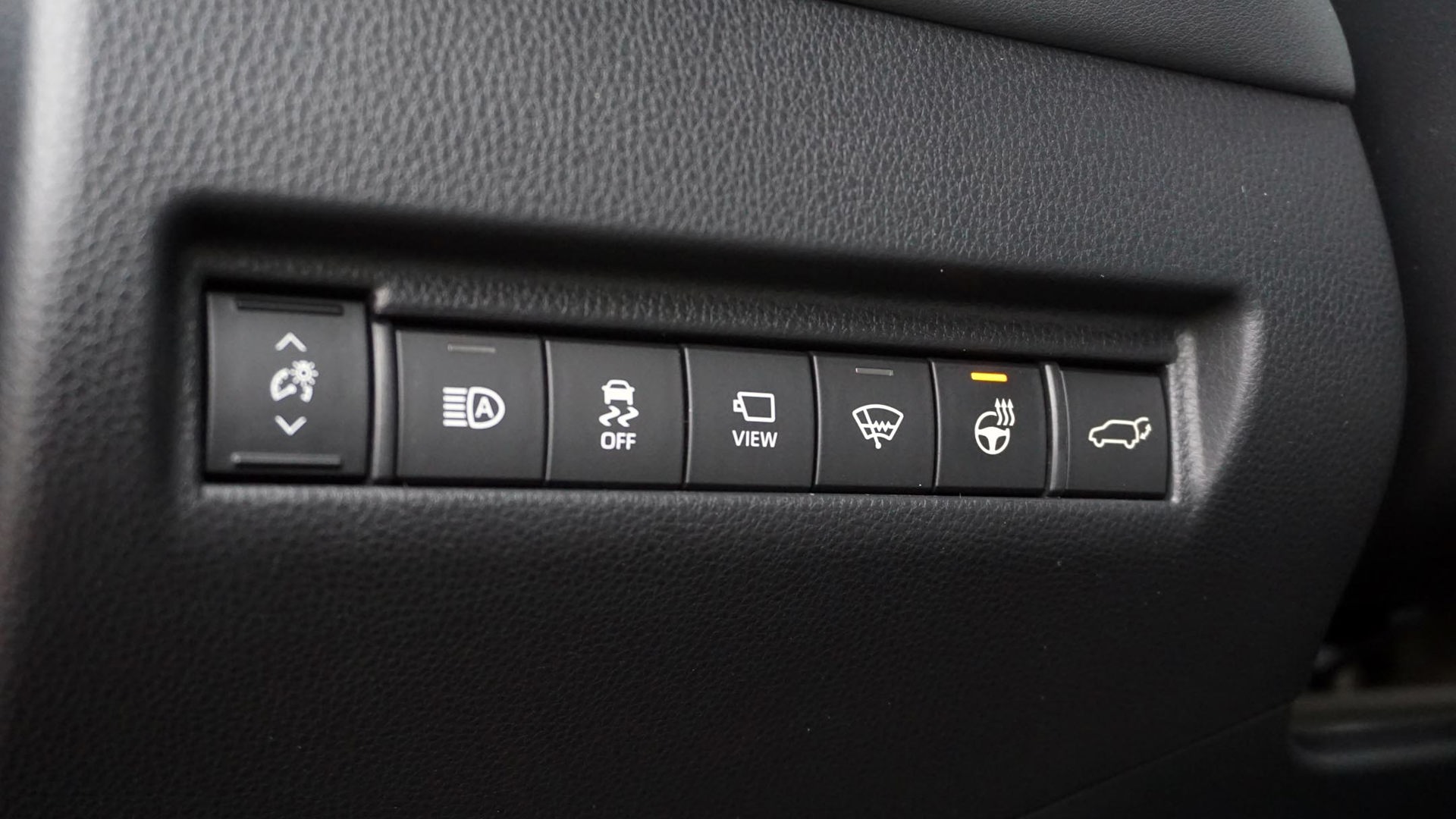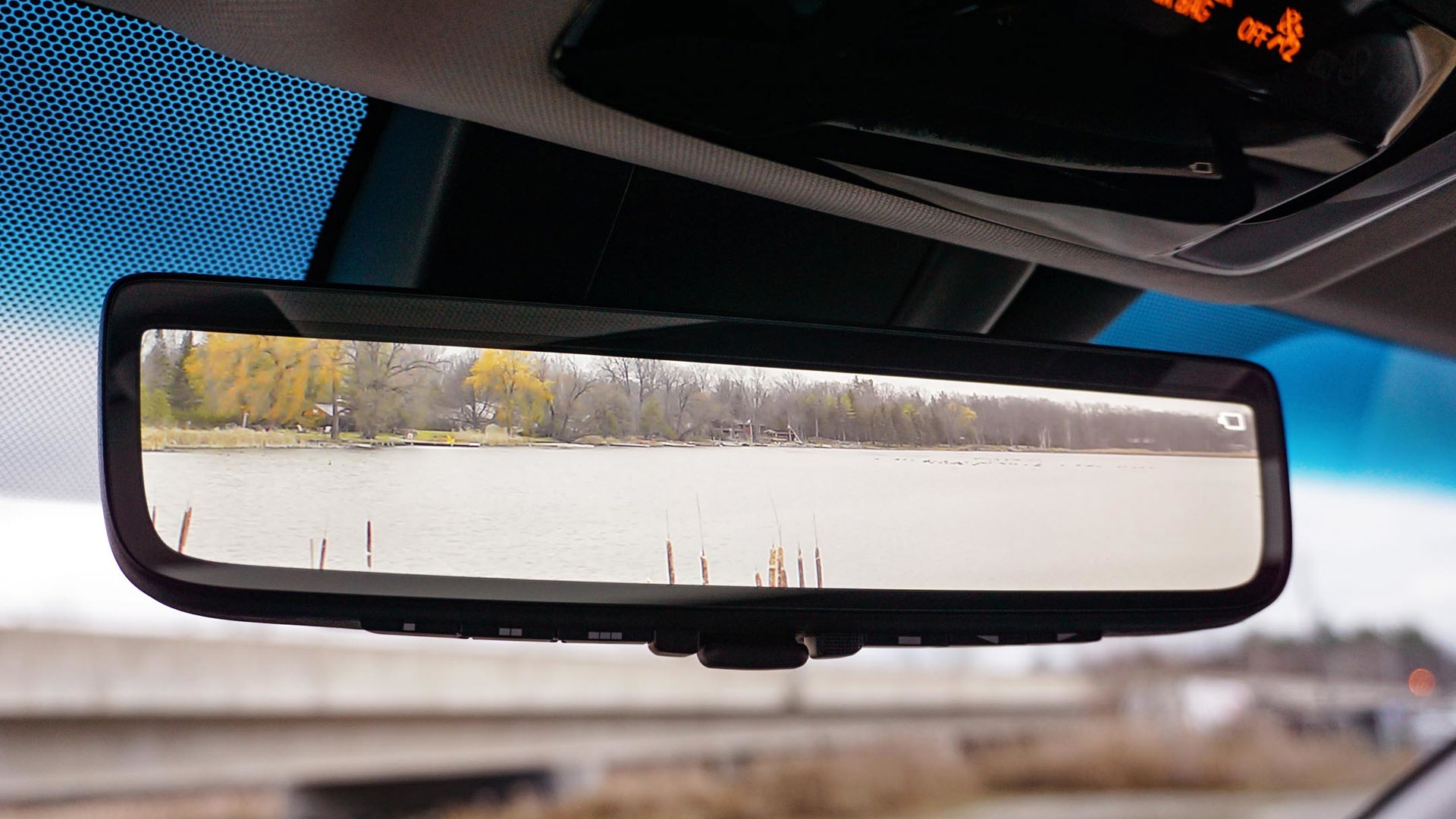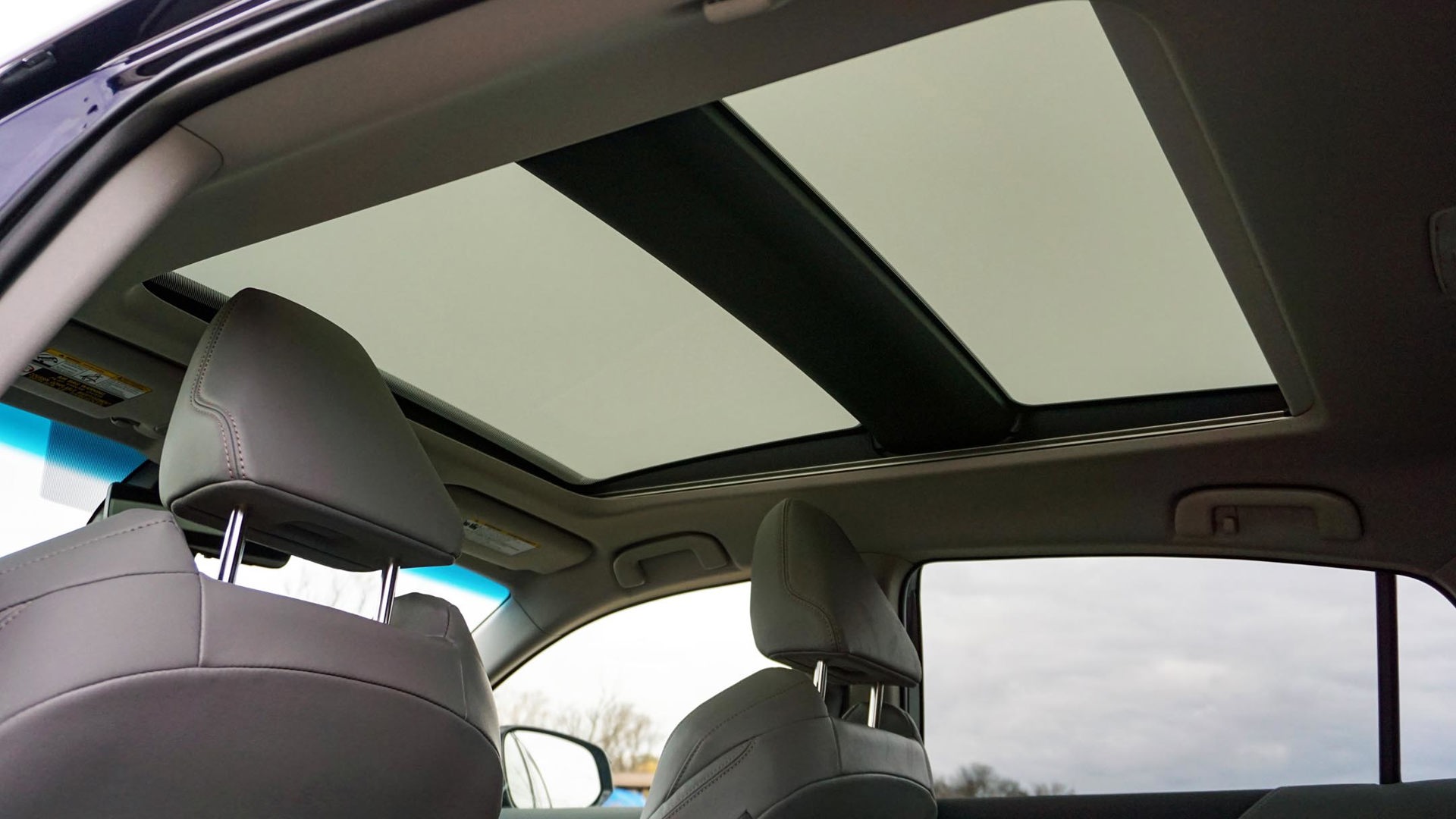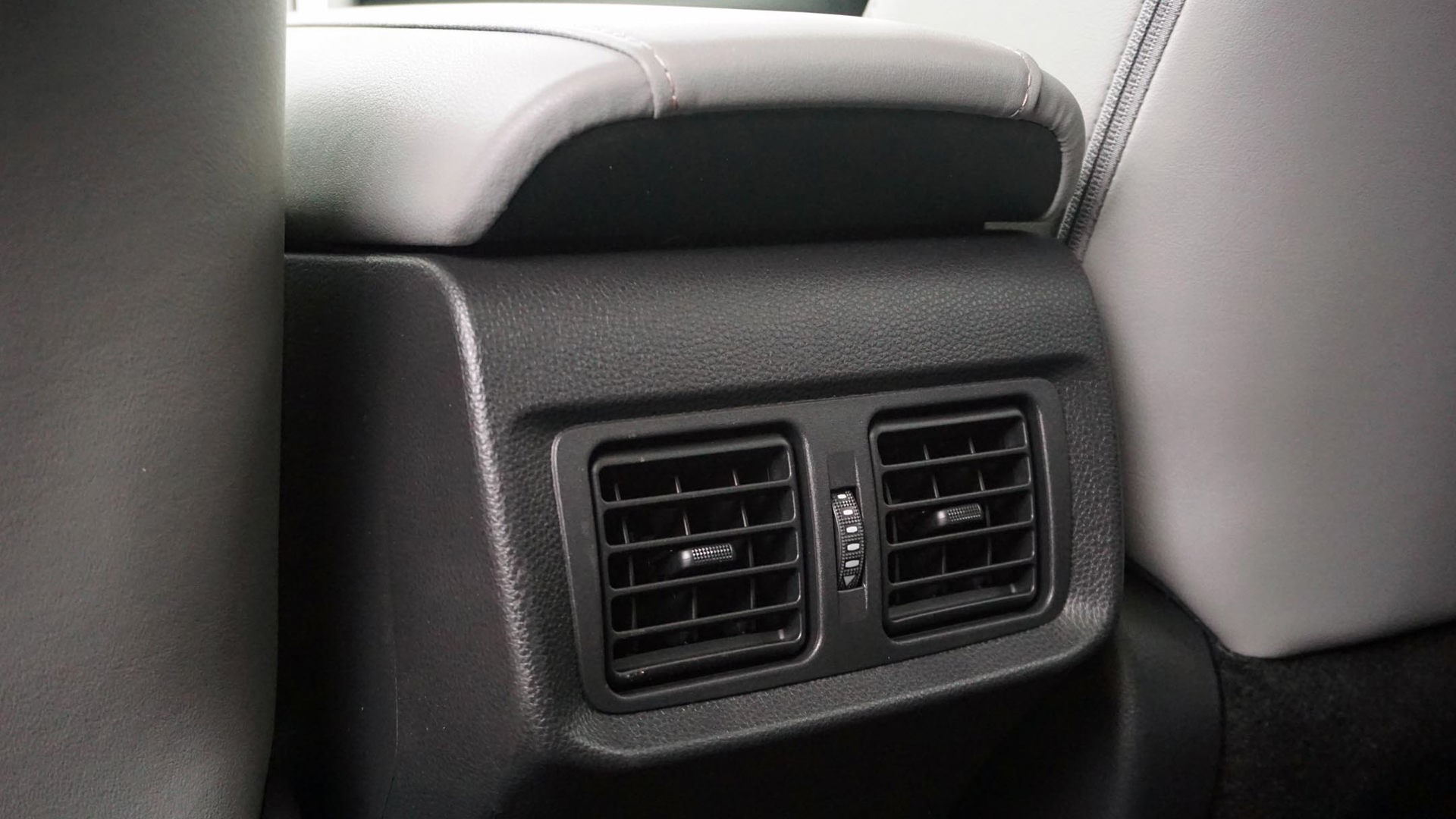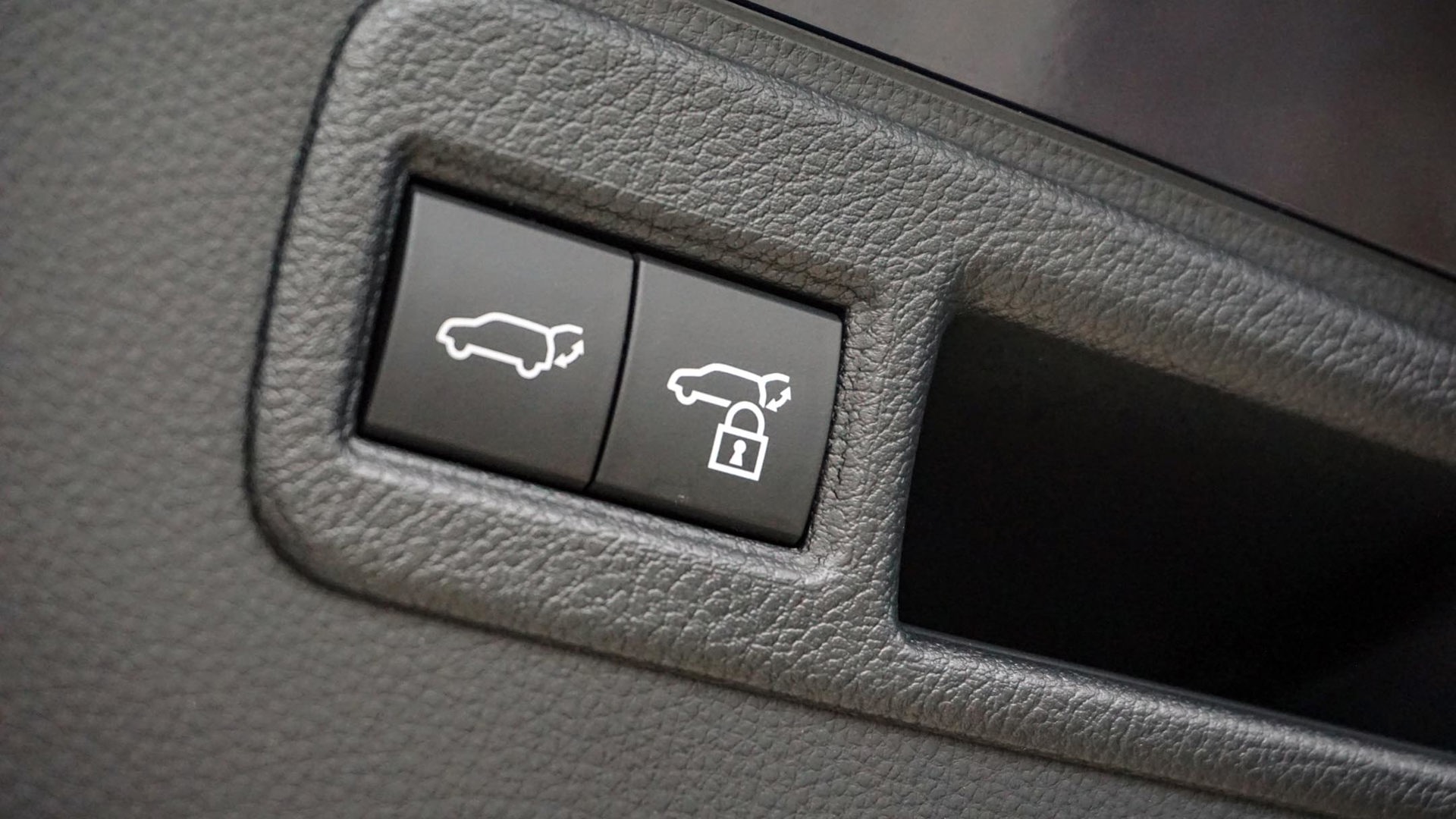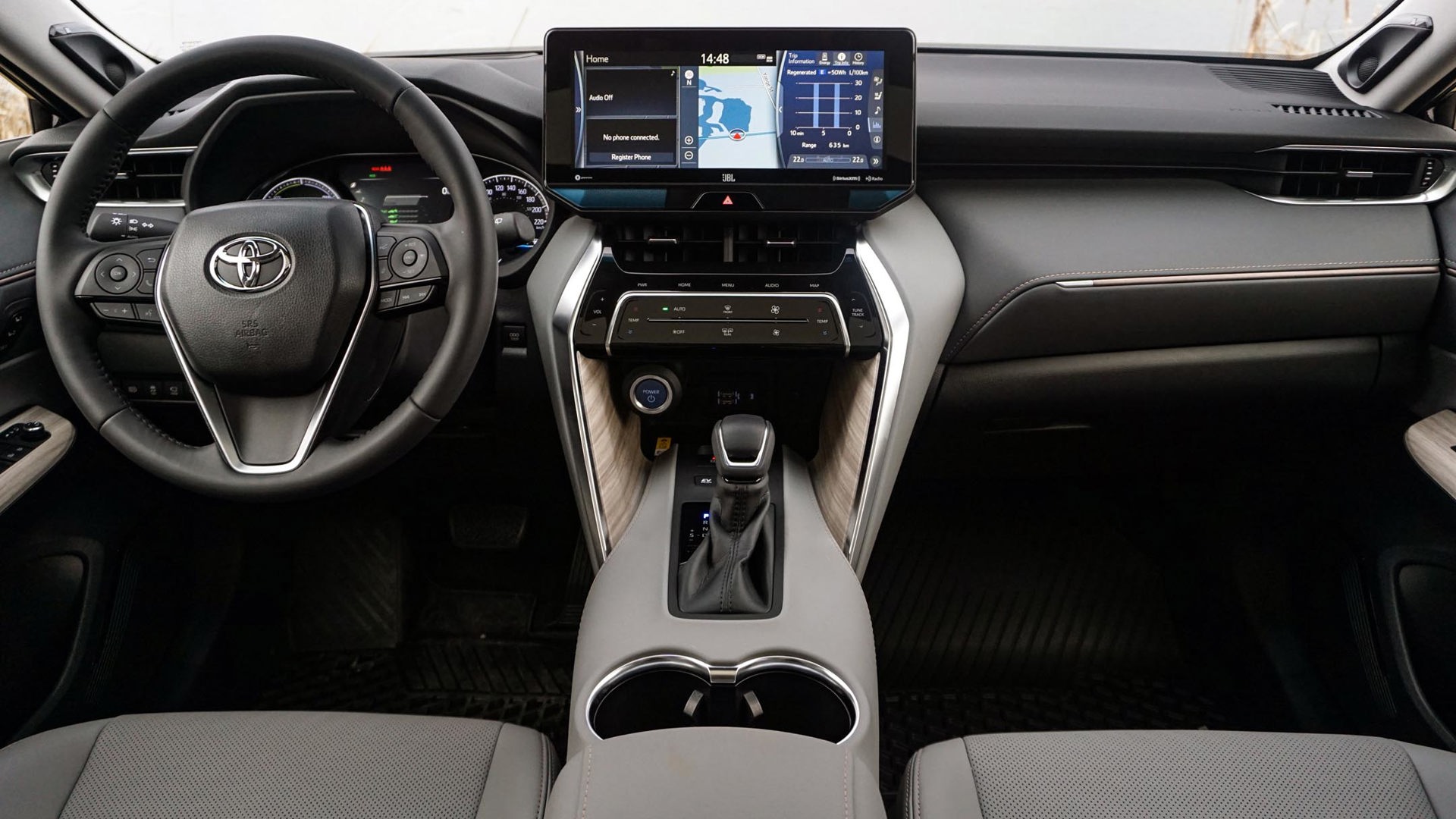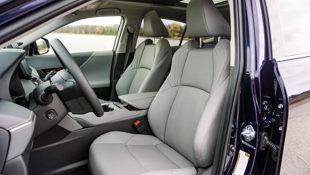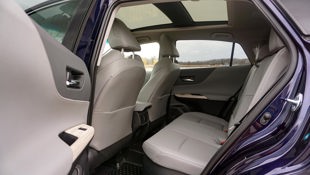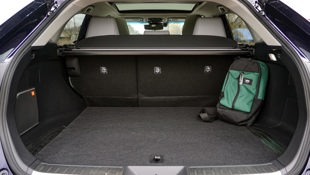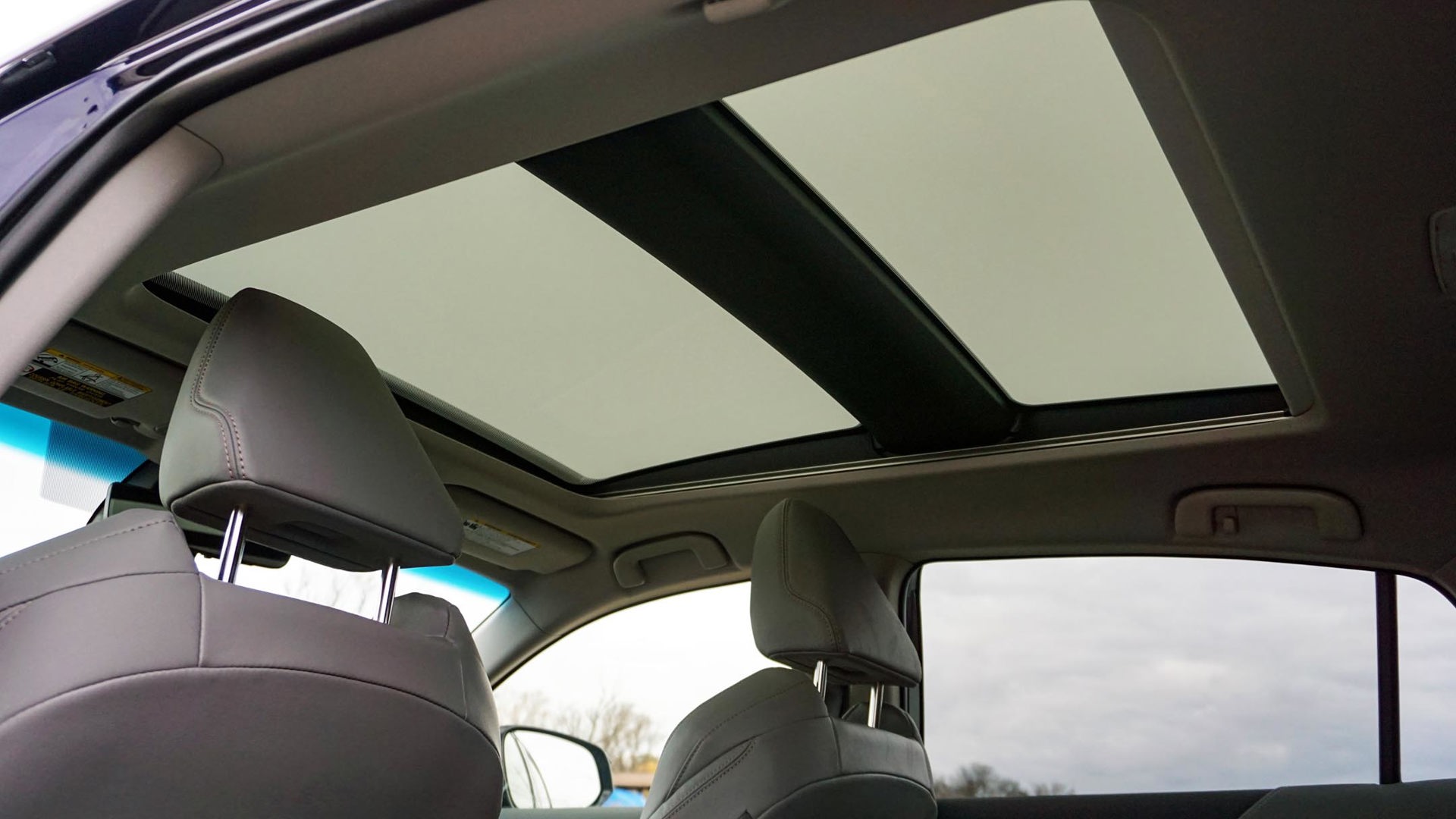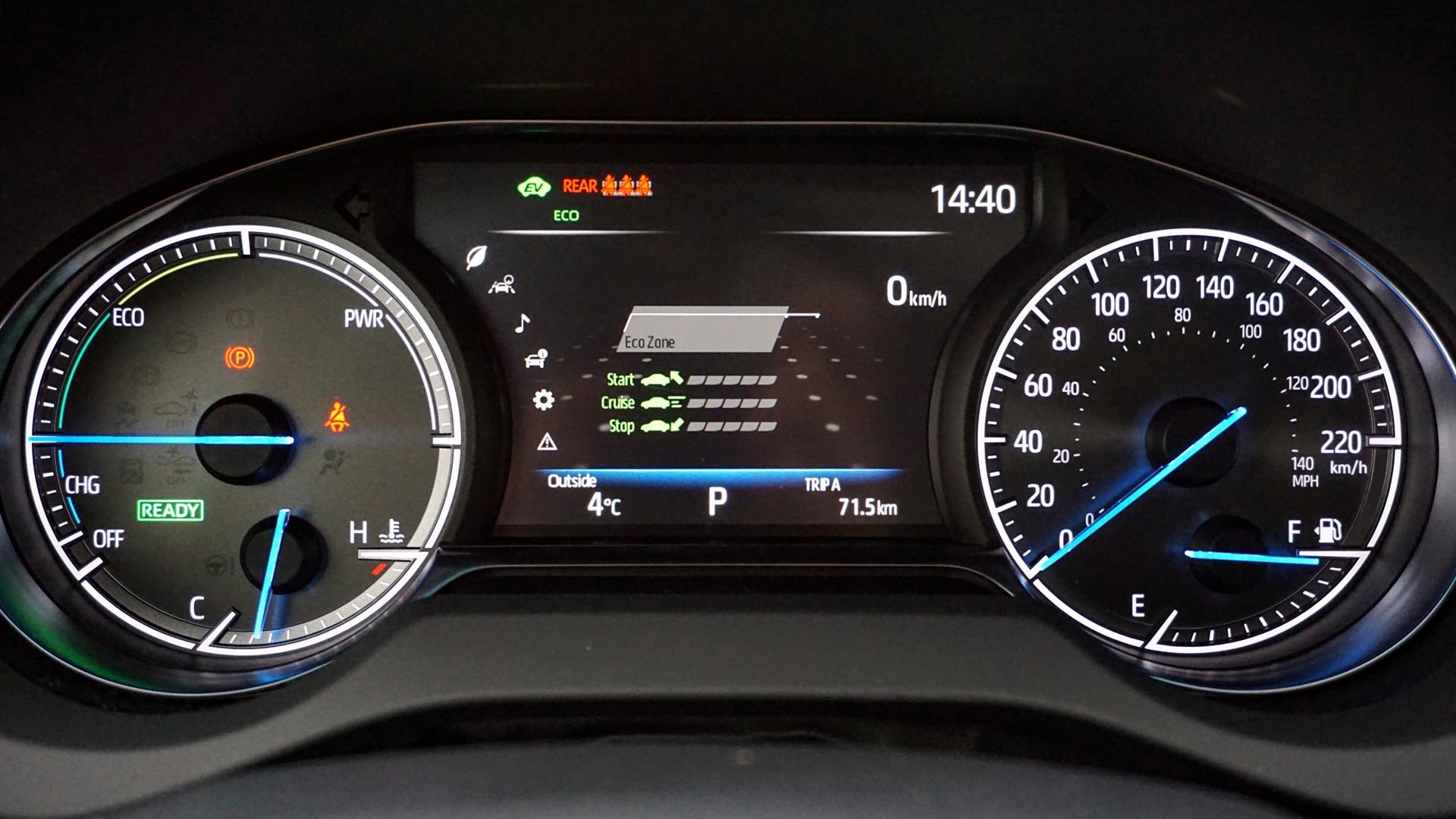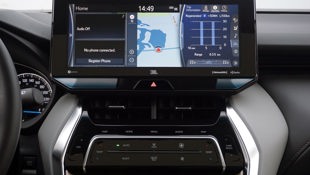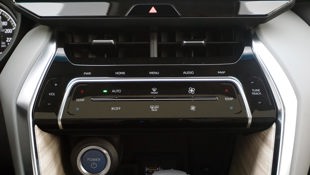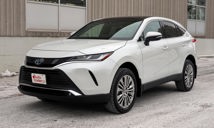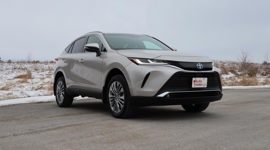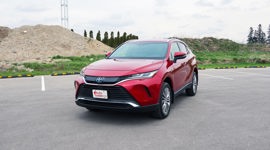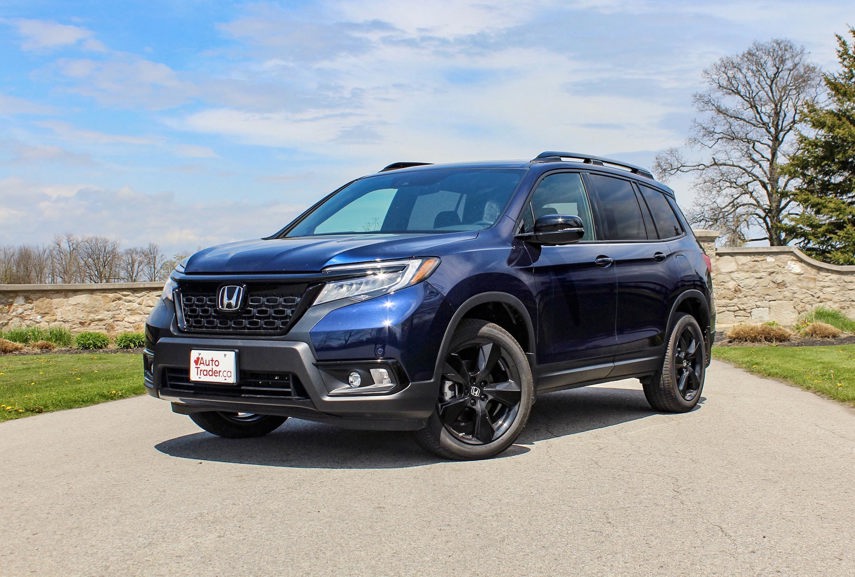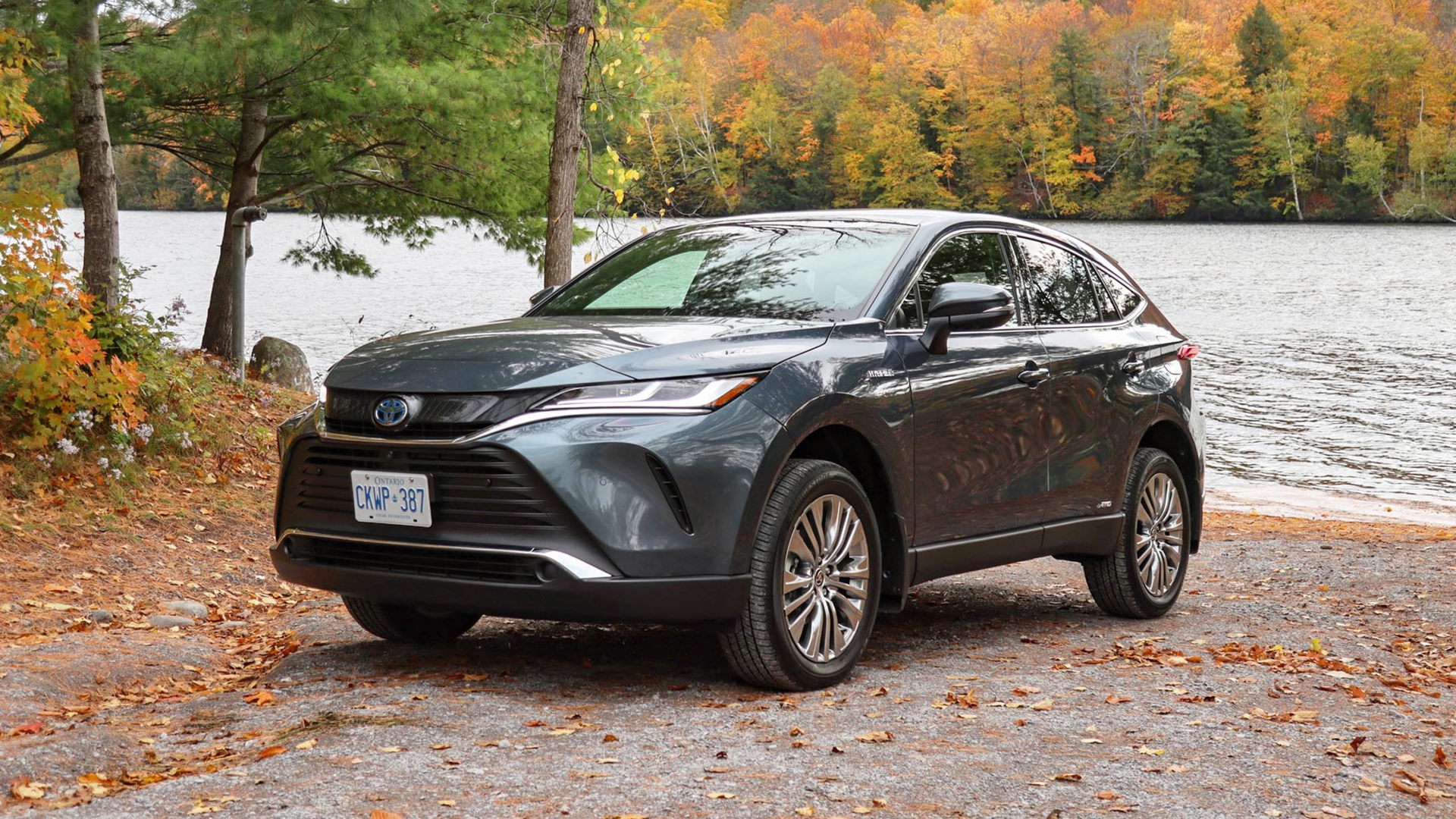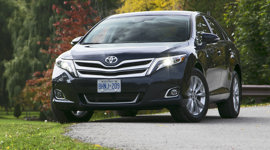 AutoTrader SCORE
AutoTrader SCORE
-
STYLING10/10
-
Safety9/10
-
PRACTICALITY8/10
-
USER-FRIENDLINESS8/10
-
FEATURES8/10
-
POWER9/10
-
COMFORT10/10
-
DRIVING FEEL10/10
-
FUEL ECONOMY9/10
-
VALUE8/10
Of all the nameplates to return in recent years, none deserves its second lease on life as much as the 2021 Toyota Venza.
There was a lot to like about it last time around, but it never quite caught its stride; consider it ahead of its time, categorized as such alongside the Honda Accord Crosstour, among others. But it’s back after a five-year hiatus, the Venza wholly reimagined to look and feel a lot more crossover than car – and it only comes as a hybrid.
Power: 9/10
The Venza leans heavily on the RAV4 this time, sharing most of its drive-related components with the gas–electric version of that popular crossover. That means a 2.5L four-cylinder gas engine that on its own makes 176 hp and 163 lb-ft of torque. Nestled next to it under the hood are dual motor–generators – one that drives the front wheels, and another that puts energy in the battery pack for later use.
Since all-wheel drive is standard, the Venza uses a separate electric motor in the back to motivate the rear wheels. Unlike the Ford Escape Hybrid, which optionally employs the same mechanical all-wheel-drive system as gas-only models, Toyota’s is completely independent of the rest of the powertrain. All told, total system output is the same 219 hp as the RAV4 – more than enough for a crossover this size.
Acceleration can be swift enough that it never feels handicapped by its hybrid powertrain. While the combination of the continuously variable transmission (CVT) and gas engine buzzes loudly as it delivers the kind of force needed in passing situations, the Venza is competent for a crossover in this class, hybrid or otherwise. Even so, it should come as little surprise that this powertrain prefers gentle throttle input over a heavy right foot.
Fuel Economy: 9/10
With the drive-mode switch in its most efficient setting, acceleration is about equal to most hybrids like this, with only the Escape feeling slightly more responsive. While it’s a boon to fuel consumption, it can at times be enough to agitate fellow motorists as the Venza crawls along under electric propulsion before the gas engine kicks in for reinforcement.
Still, paying deliberate attention to driving in a miserly manner rewards in ways nearly equal to the Escape Hybrid. The Venza is officially rated at 5.9 L/100 km in city driving, 6.4 on the highway, and 6.1 combined. It wasn’t difficult to match those numbers during a week-long evaluation spanning 780 km, with a final tally of 6.0 L/100 km. A summertime test of its rival from Ford, meanwhile, resulted in real-world consumption of 5.6 L/100 km.
Driving Feel: 10/10
Such a subtle difference in consumption should be considered splitting hairs, in the eyes of this author – especially because of how enjoyable this crossover is to drive. Despite sharing so much with the RAV4, the Venza is refined in ways its fellow Toyota model simply isn’t. And where the previous version was chided by some for feeling a little too sterile and numb, this new model delivers car-like driving manners that are far sharper than before.
The steering feels direct, with progressive resistance all the way up to highway speeds, while responsiveness is outstanding. There’s barely any body roll thanks to the low centre of gravity created by the hybrid drive components – like the RAV4 and Highlander Hybrid, as well as the Escape, the battery pack is under the back seat – while the regenerative brakes bite early in the pedal travel.
The Escape Hybrid might have the upper hand as far as efficiency and acceleration are concerned, but dynamically, this new Toyota is the best of the bunch. The chassis and suspension are tuned to perfection, with a crispness that’s rare in crossovers this size regardless of how they’re powered.
Comfort: 10/10
The suspension also does well to absorb bumps and imperfections, benefitting from the unique damping ratio required by the extra weight of the hybrid system to roll down the road with premium poise. Simply put, the Venza’s ride quality is superb.
The seats, too, provide outstanding on-road comfort. Contoured well to wrap around occupants, they managed a pair of multi-hour drives during evaluation with barely a sideways shift required. To top it all off, the Limited model tested featured a perforated upholstery that, despite initial impressions to the contrary, is synthetic. Soft and supple, it feels the part of genuine leather, and looks great in grey against the navy blue paint worn by this tester.
Styling: 10/10
That exterior hue, dubbed Blueprint by Toyota, is a no-charge option that suits the Venza’s flowing lines perfectly. Whereas the version that came before this was accused of being almost wagon-like in execution, the reborn Venza has the unmistakable character of a crossover. That’s mostly because it is a crossover – a rebadged version of the Toyota Harrier sold in Japan. (Fun fact: the Lexus RX was a rebadged Harrier for its first two generations prior to production starting in Cambridge, Ont., in its third iteration.)
Where the RAV4’s cabin is rugged and tactile, the Venza’s is slick and modern. It mixes textures and materials well, including some plastic painted to look like wood that, while not especially convincing, is stylish nonetheless.
Practicality: 8/10
Beyond being built on the same version of Toyota’s modular platform and sharing mechanical components, the Venza and RAV4 are strikingly similar in size. At 4,740 mm (186.6 in) from tip to tail, the Venza is the slightly longer of the two, but their wheelbases and widths are identical. That translates to similar amounts of passenger space front and rear. It’s more than adequate by most measures, though the front seats stand tall to the point of feeling like they’re overcompensating, compromising headroom as a result.
Where the Venza comes up short of its sibling is in outright utility. While it’s undeniably the sleeker of the two, the shallow slope of the rear glass greatly reduces the versatility of the cargo area. Volume is down significantly compared to the RAV4, with 816 L behind the back seats and 1,560 L with them stowed. The RAV4, on the other hand, is among the roomiest compact crossovers on the market, with 1,062 L with the second row upright and 1,977 L with it folded.
The lost cargo room is a direct result of the Venza’s shape, with the height of its trunk standing at 701 mm (27.6 in) compared to the RAV4’s 876 mm (34.5 in). The space is still usable – two dining chairs fit in the back with ease during testing – but this crossover is one where form precedes function. Either way, outward visibility is impressive despite the raked rear glass, while the high seating position makes it easy to keep an eye on what’s happening outside.
Features: 8/10
While the front chairs are heated in all three Venza trims – LE, XLE, and Limited – it’s only the cheapest one that does without seat ventilation or a heated steering wheel. Regardless, not even the most expensive model is offered with heated rear seats, a strange oversight given their inclusion in the RAV4’s top trim. It’s especially odd since the 2021 Venza, much like its predecessor, is positioned as a slight step upmarket from its mechanical twin.
There’s plenty of good stuff that comes standard, though, like proximity sensors on all four door handles to allow easy keyless entry and exit, or the power tailgate that features a centralized close and lock button for added convenience (XLE and Limited models get a kick sensor for hands-free opening, too). The outside mirrors are heated and power-folding, while puddle lights underneath project the Venza wordmark onto the ground outside.
Alloy wheels also come standard – 18- or 19-inch, depending on trim – while the top trim gets roof rails and a fixed panoramic sunroof that can be dimmed to keep UV rays out of the cabin. Opting for the base trim brings interior niceties like a wireless phone charger, eight-inch touchscreen display, and Apple CarPlay and Android Auto compatibility, and it only gets better from there.
User Friendliness: 8/10
Both the XLE and Limited models benefit from a larger 12.3-inch touchscreen that breaks from recent Toyota tradition, with good response to inputs and functions that are simple to interact with. The display itself is among the largest in the segment, and offers some unique versatility. For example, with a device connected via USB, two thirds of the screen is dedicated to either smartphone mirroring system while the remaining portion is used as an efficiency monitor, or for audio or HVAC controls. It’s not perfect, however, particularly when it comes to those last two functions.
Models equipped with the big display also do away with conventional controls for climate and audio, replacing them with a capacitive touch panel instead. Not only does it require deliberate inputs – there isn’t much margin for error when blindly stabbing at a particular control while driving – but it doesn’t respond to gloved hands.
Worse still, the HVAC controls included are simplified; changing the airflow direction or syncing the temperatures of both sides of the dual-zone automatic system can’t be done via capacitive touch and are only accessible through the infotainment system. By comparison, the base trim retains physical controls for all that and more – including simple scroll knobs for volume and tune.
Safety: 9/10
The steering wheel also houses buttons for both functions, along with ones to engage the adaptive cruise control and lane-keep assist systems that come standard in the Venza. Also standard is blind-spot monitoring, automatic emergency braking with pedestrian and cyclist detection, lane-departure warning, and automatic high-beams. (A back-up camera is also standard, but that’s because the government requires them in all new vehicles.)
The XLE trim adds reverse automatic braking, while the loaded Limited model gets a surround-view camera, digital rearview mirror, and a head-up display – the latter of which isn’t available in the RAV4. Much of the advanced safety equipment works without fuss or intrusion, too, though the lane-centring function built into the lane-keep assist will fight against driver input when moving to avoid vehicles stopped on the shoulder of the highway or other nearby obstructions.
Value: 8/10
Toyota easily could’ve sold this as a Lexus model based on the way it drives alone, with a distinctly upmarket feel. Instead, it stuck a Toyota badge on the back – a logical move, but one that makes the price the automaker’s charging something of a roadblock.
The Venza LE starts at $38,490 before fees and tax, representing a price premium of more than $6,000 compared to the cheapest RAV4 Hybrid model. Over at Ford, the Escape Hybrid is only offered as a single trim that starts at $38,149 with all-wheel drive, and comes with stuff like leather seats and a self-parking system in addition to just about everything else found in the most expensive Venza model.
Moving to the Venza XLE sees the price climb to $44,490 compared to $35,350 for a RAV4 model of the same name, but it’s here that the Venza delivers noticeably more for the extra money; the large touchscreen, satellite radio, nine-speaker stereo, and ventilated front seats are all examples of what’s behind the price premium. And then there’s the $47,690 Limited that’s nearly $5,000 more than a comparable RAV4 and lacks heated rear seats but has a head-up display.
The Verdict
The 2021 Toyota Venza picks up where its predecessor left off five years ago, with a slightly more premium vibe compared to others in the automaker’s lineup, including the RAV4. It also might be the best-looking compact crossover across both mainstream and premium brands, while its ride and handling are a class above anything like it. That it’s an impressively efficient hybrid makes its case that much stronger.
But it’s also expensive. And while the asking price isn’t totally unreasonable, it should rightfully give pause for thought. Fashion-forward though it may be, the Venza suffers some utility shortcomings that more affordable hybrid crossovers like the RAV4 and Escape simply don’t. There were also some quality concerns noted in the unit tested, including flimsy door and console panels that were prone to jostling after contact by errant limbs, undercutting the crossover’s upmarket impression in the process.
Whether it’s worth the price of admission is ultimately going to come down to preference over anything else, but there’s no denying that the 2021 Toyota Venza deserves its shot at redemption.
| Engine Displacement | 2.5L |
|---|---|
| Engine Cylinders | Hybrid I4 |
| Peak Horsepower | 219 hp gas/electric combined |
| Peak Torque | N/A |
| Fuel Economy | 5.9 / 6.4 / 6.1 L/100 km cty/hwy/cmb |
| Cargo Space | 816/1,560 L seats up/down |
| Model Tested | 2021 Toyota Venza Limited |
| Base Price | $47,690 |
| A/C Tax | $100 |
| Destination Fee | $1,840 |
| Price as Tested | $49,630 |
|
Optional Equipment
None
|
|
